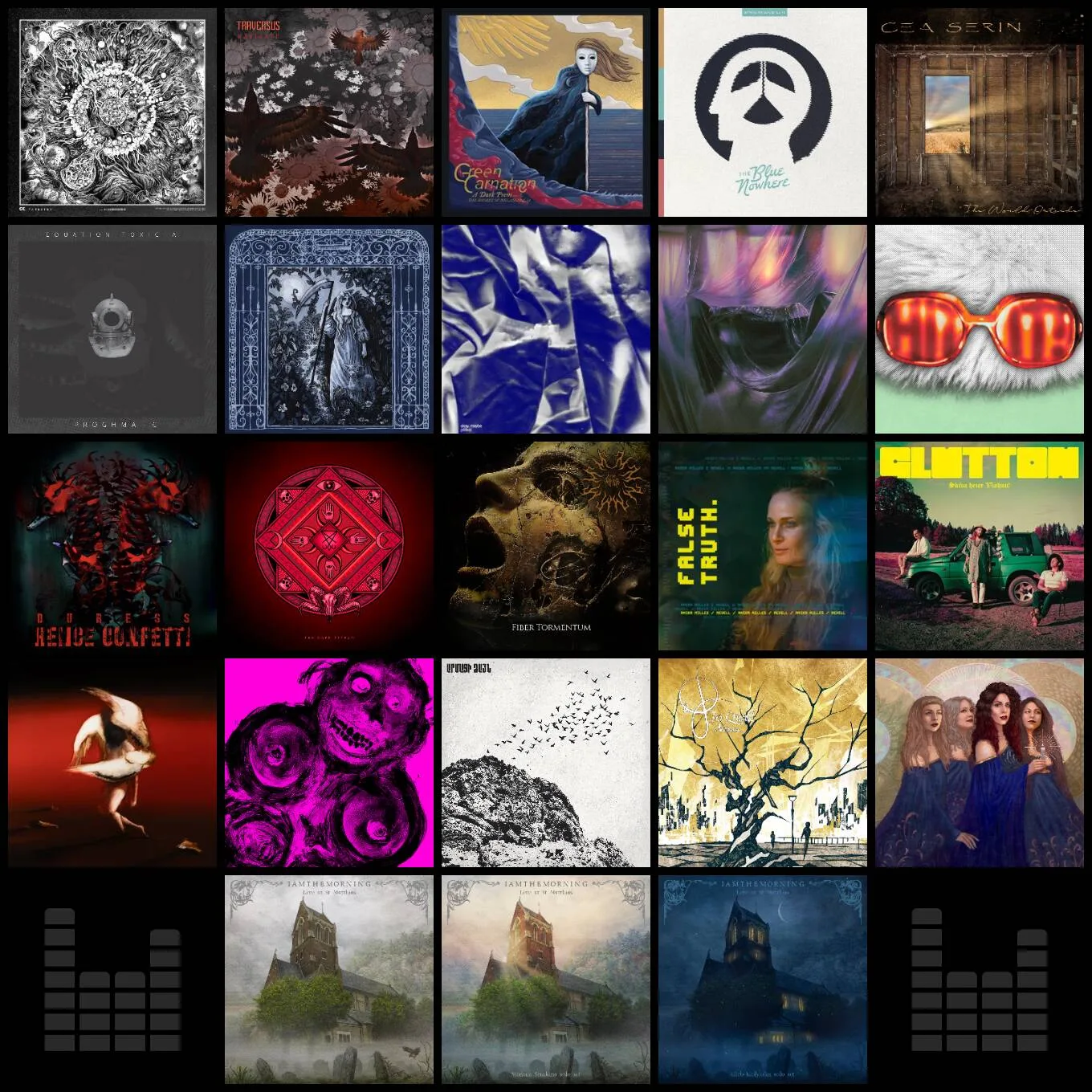
Manes: on death and rebirth.
Norwegian music collective Manes recently released their new album “Slow Motion Death Sequence“. We here at the Progspace sat down for a talk with them, about the past, present and future of the project. Present were guitarist Eivind Fjøseide (also of Atrox and Drontheim) and bassist Torstein Parelius (Chton, Drontheim). We were also lucky enough that contributing Chilean vocalist Ana Carolina Ojeda (Morning Sun) were visiting Trondheim, and thus could add her unique views on the experience.
The Progspace: So did you have a theme in mind for “Slow Motion Death Sequence“?
Torstein: Yes it’s basically thematically about death and dying.
TPS: So is it then strange of me to say that the album feels more uplifting to me than your previous releases?
Torstein: Well death isn’t solely negative (laughs). And it’s a very varied album, but that is kind of the red thread going through it I think. Contemplation on death and dying in different ways, but also we discovered quite late in the process that it has, not really a narrative, but the order we arranged the songs on the album gave them a new significance. And we explored that a bit in the final phases of creating the album, so it developed into the story of one persons life, maybe? Starting at one point in someones life, and then ending in the way it usually ends. So that is the general theme of it, but the songs in themselves are more varied, and they all feel different. It’s not intentional that a song feels “happy”, or “sad”, because we don’t really work like that
Eivind: You can say that when we started out with the initial sketches for many of the songs they sounded quite different. All of them sounded much brighter than what you hear on the album So we colored, or maybe took away a lot of color, from the songs. We had to go darker, because many of the musical ideas were a bit to bright for the theme we settled on. We had many run-throughs of the songs and they definitely ended up different than how they started out.
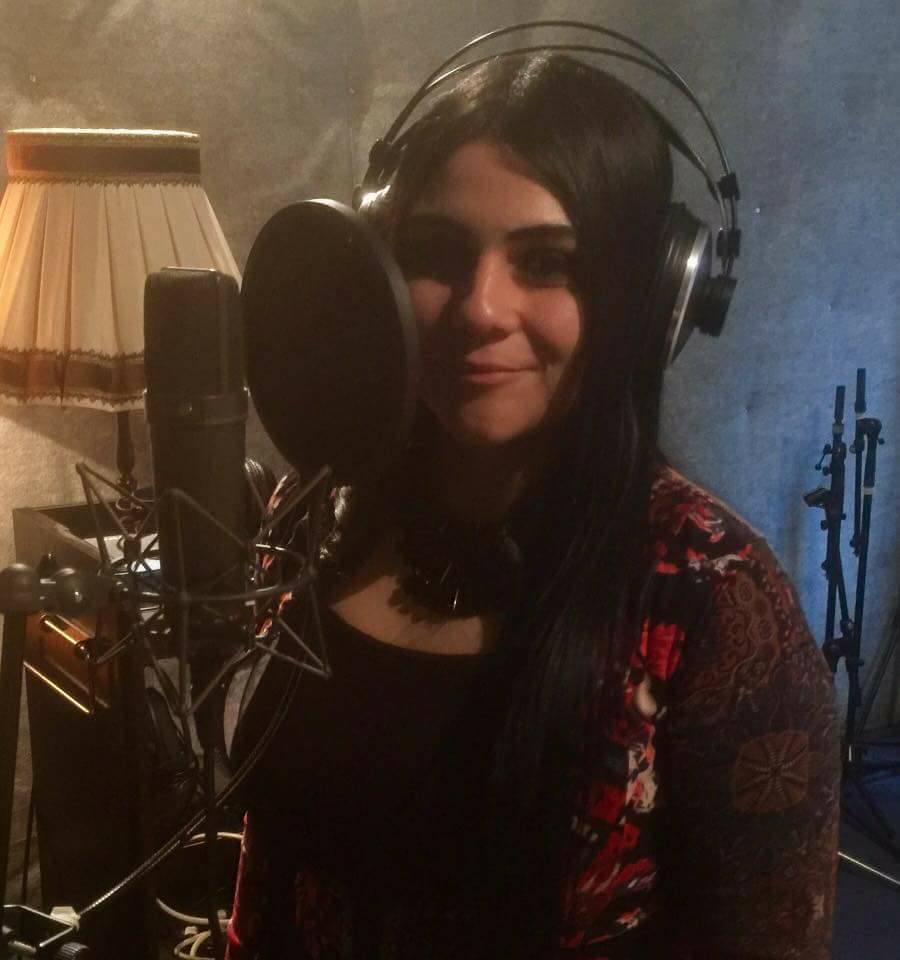 TPS: So how early were you asked to contribute to the album Ana?
TPS: So how early were you asked to contribute to the album Ana?
Ana: Well, it’s an interesting story, because I had this idea to contact Rune Hoemsnes (drummer of Manes, and earlier legendary doom/avant garde band the 3rd and the Mortal) to see what he was doing. If he was into any kind of recording or production, what happened after the 3rd and the Mortal, and what was happening with his current projects? I sent him an email telling him about how I used to listen to the Trondheim bands, and how important they were to my own “musical journey”. He replied and invited me to contribute to the new Manes album, to which I said yes immediately, and that was three years ago. I met the band in Bergen (Norway) for Blastfest, and after returning home to Chile, Skei sent me five or six sketches and we started working. I was given free hands to try out my own vocals and even write lyrics, but I felt I needed to be close to the band geographically, or even record with them. So after I did my first tour with my doom band Mourning Sun in 2016 I decided to go visit them, and the first vocals I recorded was in winter of 2016. I recorded with Asgeir Hatlen (Manes vocalist) which was an amazing experience, I learned a lot. After that the band started working on other stuff, as it is a collective they get contributions, not only on the music, but from different people.
TPS: So it took quite a lot of time?
Torstein: We use a lot of time, we are not in a hurry. We don’t tour and we rarely play any gigs. So we like to take our time doing what we enjoy the most, which is basically making the music. We go in and out of the studio, and some of us have their own studios where they work as well. Sometimes a couple of us meet up to try out some ideas, we can for instance rent the studio to do just a session of vocals, then all of us go back and look at how we can adapt the material we have further to the recordings. So that’s how we would collaborate with Ana, or anyone else. The reason we want to collaborate with someone is because we like how they express themselves, so it would be stupid of us to be like the ring-master in a circus, whipping them around and telling them to do this or that.
TPS: Because you might loose what originally made you want to collaborate with them, of course?
Torstein: Exactly, but that kind of means that we have to start a new process every time we get these contributions. We might go back into the studio and record new bass, drums or guitar to add to, or shape around the new material we receive from these collaborators.
TPS: So there is a lot of trials and experimentation until something sticks out?
Eivind: Yes we are always listening and looking for that “exact thing” and when we hear “it” we try to follow it.
Torstein: This album, like our last three albums, is very layered and detailed. We patch thing together, then rip them apart again. We’ve never been that kind of band who creates music, rehearse like hell for some months, and then go into the studio and just “nail it”. It’s more like a continuous process for us, looking for things that fit in, but also things that stick out, probably not the way most bands work, but it has become very natural for us.
TPS: So do you also mix and master your own music, or do you have someone to do it for you?
Torstein: It’s different every time, on this album we had the same person as mastered our last album “Be All End All”. On that album we had two different people mixing, because we wanted to create some kind of dynamic in the mix. This time around Anna Murphy (Cellar Darling, ex-Eluveitie) mixed the whole album, and she also contributed vocals to some songs.
TPS: You have quite a lot of contributors on “Slow Motion Death Sequence”?
Torstein: Well, not equally as many as on previous albums actually, but it’s always great to have contributions. It’s really fun to hear what people do with your ideas. We also love people remixing our stuff, because it’s like a Christmas gift to see how people interpret it and work with it. Not all of the remixes is the kind of music we ourselves would listen to every day, but it’s exiting to hear what they come up with. We also have people looking at remixing stuff from this new album, not necessarily with a release in mind, but we’ll see. But when it comes to contributions to our music that is the same thing, and it gives us an opportunity to see things with outside eyes and extend the songwriting process even further, which is really exiting.
TPS: Well it seems like there is a theme here with how you create music, it’s the same with Atrox (Eivinds other’s band) right? It’s not like you pump out an album every other year?
Eivind: Yes we spent quite a few years on the last Atrox album. It was finished in December 2015 if I remember correctly. But that was because of other reasons. We ended up recording the album three times, you know. We recorded in so many different places, and in the end we didn’t manage to put it together the way we wanted. With Manes we recorded all the drums and all the vocals in the same location. That was something we did not do with Atrox initially. And that ended up being part of the problem.
TPS: So where did you record for “Slow Motion Death Sequence”.
Torstein: There is a studio just outside of Trondheim called “Spiren Studio” that we have used for our three last albums.
Eivind: The atmosphere is very good, it’s an old school building converted into a studio, and it’s quite secluded, so your mind just gets into the right “mode”. I love the place, I disconnect from everything while I’m there.
Torstein: it is close to nature and very picturesque. There is lots of room there, in addition to the studio itself there is an old gym hall that we can use. We recorded the drums there in that big room, and we also used it for some pre-production with the full band.
Eivind: We actually rehearsed there last month, the first rehearsal with the full five of us in perhaps fifteen years.
TPS: So who are “the five of you” now?
Torstein: We are basically four people now in the sort of “core-Manes”, but when I say four, that is sort of loose as well, because we are four that make the decisions, and do the post-production etc. Those four are the two of us, Rune Hoemsnes and Tor-Helge Skei. We also have a vocalist that we have used on most of our stuff for the last fifteen years: Asgeir Hatlen. On this album we also have Rune Folgerø (Atrox) doing vocals on one track. As I said the core is the four of us, but since we work as a collective we have other people contributing all the time. For instance Tor Arne Helgesen (ex-Atrox) who as contributed drums to all our albums, and did the main drums on “How The World Came To An End”. He’s also been our percussionist since we started performing live. On this new album he also does a lot of the “main-drumming”, and Rune does percussion. We switch it up because they have different qualities and different approaches to the music, so sometimes Rune will say “this is a Tor Arne-song, he should try something here”. We don’t feel obligated to be on all the songs ourselves, there are songs without vocals, bass or drums. Instead using electronic beats.
That’s the freedom gifted to us by being a collective, not everyone has to be involved with everything.
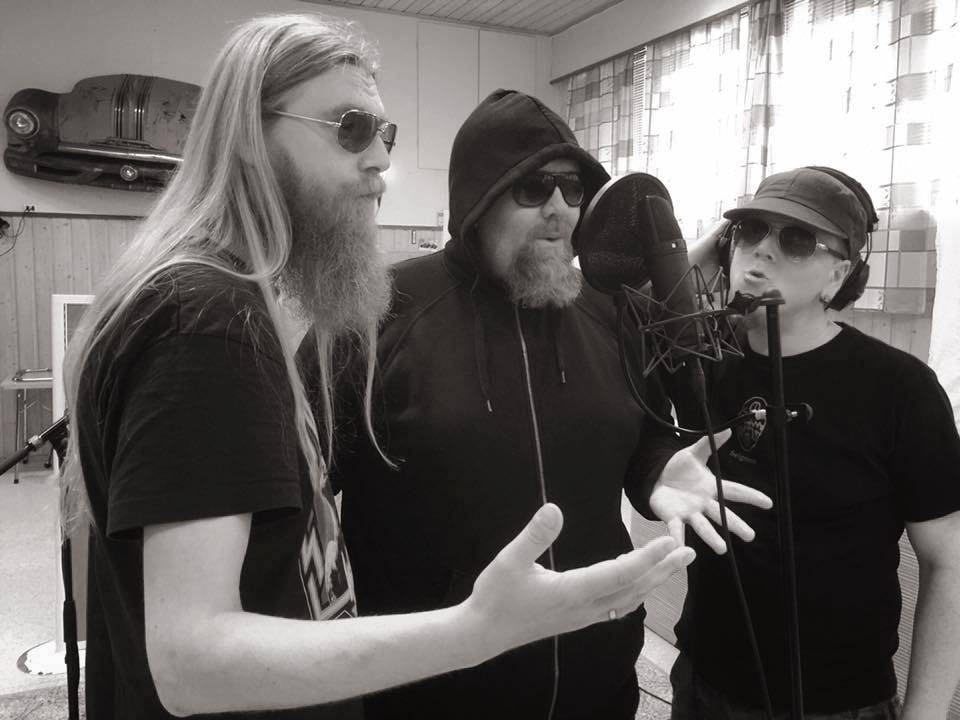
TPS: So do you have any plans to play live ?
Torstein: Not plans, but ambitions (laughs). That’s why we started to rehearse recently. We wanted to see how the new material fit into a live setting, and we have older songs we never have performed live before. Last time we played live was two-and -a-half years ago at Blastfest, where we also met Ana for the first time.
Ana: Yes, as mentioned that was where we got to know each other, we spent a lot of time together learning about each others inspirations and outlook on music, and what this collaboration could be about.
TPS: There is definitely a trip-hop feel to some of your music, where does that come from?
Torstein: I think all of us are very open-minded when it comes to music. Even if most of us have a background from metal somehow.
Eivind: it’s not like we left metal behind, but we really don’t care what “it” is as long as it feels right.
Torstein: On “Vilosophe”, that was released in 2003, there were touches of metal-riffs, but already there we had dominant electronic beats, lots of programmed stuff and parts totally stripped of distorted guitars. None of us listen a lot to metal these days, and when we do it’s more eclectic stuff.
TPS: Some examples?
Torstein: Recently I’ve listened to Ulcerate which I would categorize as progressive in many ways. Also bands like Deathspell Omega, and I of course revisit old favorites from time to time.
Eivind: I’ve recently re-discovered “Peeping Tom” (debut album of Mike Patton‘s band with the same name). I love that album, it’s a bad-ass album.
Ana: My background is more related to doom metal, more experimental. I think the common point comes from experimental stuff, avant-garde acts, post black metal. Personally I’m more into funeral doom. Bands like Mournful Congregation, Bell Witch and Profetus, which is another band from Finland that I’ve collaborated with. That’s what I’m into right now.
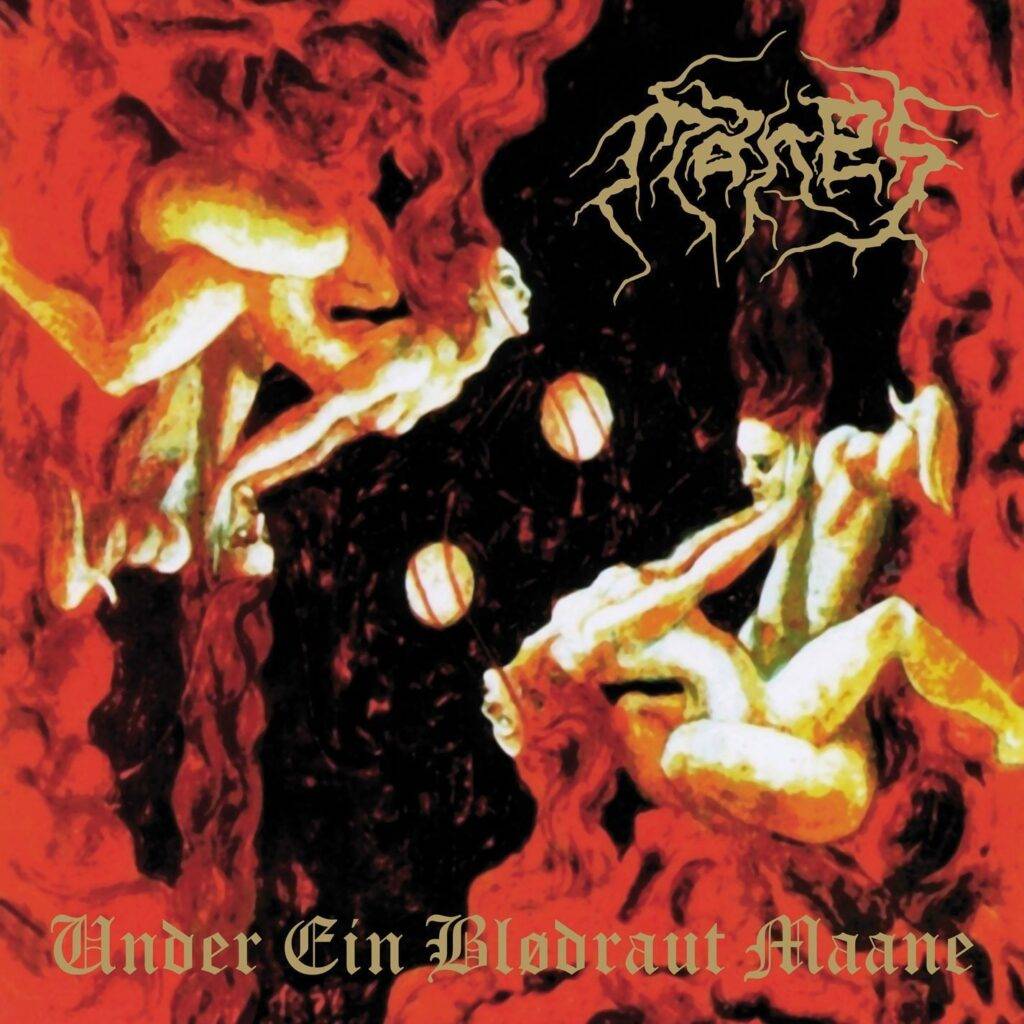 TPS: So I guess there is a lot of musical influences and ideas coming into the project from every direction?
TPS: So I guess there is a lot of musical influences and ideas coming into the project from every direction?
Torstein: Yes, that’s significant actually, since we don’t have any common musical idols that we’re trying to live up to. We’re not trying to be the new Destruction or the new Genesis, or the new whatever, you know. There are lots of those bands in every genre, probably way to many. So we just draw a little from here and there. Then people can say that this has a touch of Ozzy, or Bowie, or Justin Timberlake (laughs), but that’s just based on the vocals. And in general it’s hard to label our overall sound. That is nothing we actively try to do, or strive towards, but we know each other really well by now. So if somebody offers up a, lets say, bluegrassy idea, we might follow that if it seems interesting, even if we’ have never done anything resembling bluegrass before. And in the end it might even not end up sounding very bluegrassy. We are always looking for that little spark of magic.
TPS: So you guys are sort of outside the “progressive metal” or “progressive rock” genre, but you still garner quite a lot of interest from fans of those genres?
Torstein: Yes, we don’t really know who likes the band. Since we don’t tour or play many shows we don’t have a strong connection to our fan base. So we don’t really understand who listens to, or buys these albums! (laughter).
TPS:Where are you guys signed?
Torstein: We’re signed to this French label called Debemur Morti Productions. They used to be a label for mainly black metal, but started to grow into more post black metal and then went wild with avant-garde and experimental music. They have bands like Year of No Light, Hegemon, Into The Woods. They have been very supportive of us.
TPS: So the name of the band, where does that come from?
Torstein: Well it’s become our band name, so it doesn’t really need to have any meaning outside of that. Still it means different things in different languages. Its the name of a prophet in Manichaeism which is an ancient religion. It can mean menstrual blood in some languages, it’s the name of a Czech art gallery, and it can also mean “spirits of the dead” in Latin. But we have really stopped thinking about that. In 90-91 when Skei came up with the band, he probably found it somewhere. Now it’s just a band name.
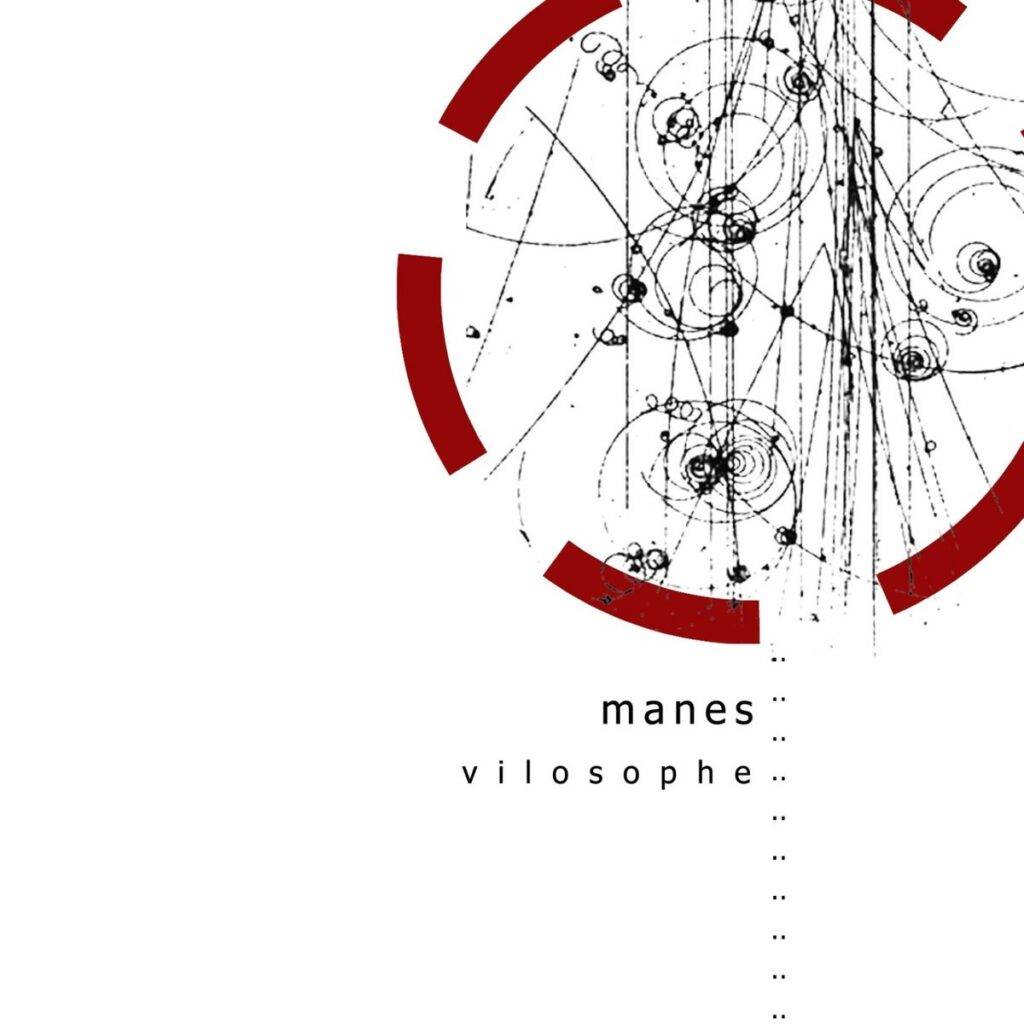 TPS: That is a good segway into my next question, because Manes started out in the early nineties as a black metal band, consisting of just two guys. So up until “Vilosophe” came out in 2003, what happened that changed the band into what is it now?
TPS: That is a good segway into my next question, because Manes started out in the early nineties as a black metal band, consisting of just two guys. So up until “Vilosophe” came out in 2003, what happened that changed the band into what is it now?
Eivind: Well, Skei moved back to Trondheim in the sometime in the late 90’s after having spent some years in Oslo.
Torstein: Yes, he had not really written any music in the black metal style since the 94-95 demos, so when the debut album was released in 1999 it was a rerecording of old demo tracks. Skei had drifted away from metal at that point, and especially black metal as he saw what the genre was starting to become. He got more and more interested in electronic music and using electronic tools to create music. So when “Under Ein Blodraud Måne” was released in 1999 as a black metal album, and then when “Vilosophe” came out in 2003, it seemed the band had changed drastically in just a few years. But on the “inside” things had developed for a very long time, there had really been a long time since Skei had been interested in, or creating black metal. At the release of “Vilosophe”, the new line-up had been playing together for several years. The original vocalist, Håvard, had lost interest in music as well, he was tired of the same things as Skei was. So for us it came naturally, but I guess the stylistic change was a surprise for some.
TPS: So when you two joined the band before the release of this “new direction” of Manes, did Skei already have a lot of material ready?
Eivind: He had some ideas, like electronic stuff.
Torstein: And Eivind came in with a lot of ideas, so some of the material on “Vilosophe” were based on Skei’s ideas, and some were based on Eivind’s, others again were melded together. Then all of us “jammed” it out so to say, so it become a collective process. We rehearsed a lot back then, so we tried out a lot of stuff.
TPS: But wasn’t it tempting once you started to see the new direction to say, “this is a new band with a new name”?
Eivind: No, we really never discussed it.
Torstein: We never considered it, but we have talked about it in retrospect, since people have asked us about it. The only real drawback with keeping the band name is this question popping up again! (laughs). Our allegory is that Peter Jackson made movies like Braindead and Meet the Feebles, but he didn’t change his name when he did Tintin or King Kong even though those are very different. It’s a name, why should we not be allowed to do both.
Torstein: we have kept a lot of fans as well, people who still feel that there is a sense of the old band in this new band. If not in the riffs then in the atmosphere, or in our conceptual approach.
Eivind: But you can also say that many of our fans don’t know anything about the past. They came in because of the “new” stuff.
TPS: But Skei more recently did a continuation of his earlier material, with a new project called “Manii” right?
Torstein: Yes, I don’t think he had any big strategy, just some songs, and he wanted to record them. He felt they needed the vocals of Håvard, and when they started talking again the pieces just clicked into place like they did 25 years ago. So they have done a couple of albums now, which are really good. They also have a new album coming up on Terratur Possessions I believe.
TPS: So, what happens now? Are you guys looking to play some concerts?
Torstein: That’s the plan. We’re not really into playing live, but it’s cool if it feels right.
Eivind: We don’t play just anywhere, we won’t play in just a small pub or anything. It needs to be a special place, or have a special atmosphere. It needs to be something different than “just a gig”, if you see what I mean? Something that makes us exited, and makes us want to do it.
Torstein: That’s why we have said yes to the gigs we have played so far. It’s something that makes us exited, like a unique location. We played in Transylvania, at the Dark Bombastic Evening Festival. Basically because it was Transylvania (laughs). So we have plans to do a small handful of gigs early next year.
Eivind: Yes, or during next year. We have nothing on the table so far, but that is the reason we have started rehearsing you know.
TPS: So you are not the kind of band that needs to go out and tour after each album, instead preferring to let the album stand on its own as a piece of art. And that is the way you approach playing concerts as well?
Torstein: Well ideally that’s the way we’d like it to be. We don’t feel that we have reached exactly what we want to with many of the concerts we have played so far. If we have to travel, we can’t bring all the people we’d like to for example. So what we are planning is to play somewhere in Trondheim, or close by, and try to do something at least semi-conceptual. We’ll try to make it into a special event, gathering people we have collaborated with, so it’s a sort of “once in a lifetime” event, at least for us. This of course needs a lot of rehearsing, preparation and logistics. We’ll take our time and do things because we want to, not because we need to, because that would be destructive for the atmosphere of the event. We’re lucky, you know, because with every album we reach more people. We’ve had to say no to a few things, but it’s all about waiting until it feels right. We have to be able to bring the vibe of the album to the stage.
Eivind: In Bergen we did some things differently, we had a more unusual setup on stage, and there we found some solutions for what we could do at later performances.
Torstein: We can’t promise any big conceptual things, but that’s what we are hoping to achieve, and that’s also why we are spending some time to get things right. We need to do things with the music, we need to prepare it for being played live, because we don’t make music that translates naturally to the stage. We’re not like a guitarist, a bass, a drummer and a voice. On some of the tracks there are like fourteen guitars layered on top of each other. And we don’t pay attention to that when we are recording, we don’t care about that.
 TPS: We were looking at the artwork for the album. Who did it?
TPS: We were looking at the artwork for the album. Who did it?
Torstein: It’s a Dutch-Iranian artist named Ashkan Honarva. He lives in Trondheim. He also did the band-pictures for the album, which are a bit different. And he also did the art for the previous album “Be All End All”.
TPS: In your promo material it says that you are “willing to talk about you personal near-death experiences”?
Torstein: Yeah, that’s none of us (laughter). When we were discussing with the label-head we talked about the themes that inspired us, and it wasn’t really meant to be this “PR-blurb” thing, so we have had to dodge that bullet a few times. When it comes to the near-death experiences Skei has experiences in that regard, but it depends on the mood if he talks about it. It has been a part of the album in a way, so it was natural to bring it up, but it’s not meant as some kind of PR-stunt from our side.
TPS: So how do you guys work then when coming up with a theme like that. Do the lyrical content come first? The musical ideas?
Eivind: it can work in different ways. When we started the work on this album we talked about what we were going to create. We started to throw ideas in, and found things that could work if we put more color to it, or de-colorized it. So that is one way. Sometimes you have emotions that need to come out, or sounds that just seem right.
TPS: And what about the lyrics?
Torstein: It’s a mish-mash of lyrics done by me, Ana, and other contributors, including Asgeir and Anna Murphy. And, as we have done of the last albums, we start sort of thematically, and see where we want to go. Some lyrical themes might come to the surface when Eivind has a new melody for instance, and we play around with it. Some lyrics are based around stream of consciousness ad-libbing, yet other times we have pre-recorded demo tracks. Lyrics that made it on to ten year old demo tapes, where we could not capture the magic. Like parts of the old stuff haunting the new. I think we work more like a painter than a rock band, painting over and adding to old stuff, and then in the end it becomes something. I don’t want to say a “piece of art” because that sounds so cheesy. It becomes something that has loads of elements in it, and we try to emphasize or enhance the emotions in it that works toward the theme we have. So we also re-interpret our own stuff as we go along, and we see the vocals as another instrument, like the computer or the drums, and it all becomes one thing in the end.
People have been asking us for lyrics for years, but we choose not to include them, because it’s based on what you can hear. It’s based on some stuff that we have tried to dilute a little bit. So people can find different meanings in it.
TPS: But then I want to circle around to something you mentioned initially. You said that the theme was like that of a life, starting at one point and going towards the end. Did you start out with that theme, or did it show up as you, Ana, Asgeir and Anna contributed lyrics?
Torstein: It showed up during the process. We had a thematic backdrop, but it did not work as a dogmatic set of rules. It’s more like a common ground where everybody can participate. We might change that in the future, but we like the fact that the vocalists are so free, that they don’t have to come to Eivind or me to ask if something is “correct”.
Eivind: Sometimes we also use the vocals more as an instrument, so it’s more important how it sounds than words themselves.
Torstein: Sometimes the few worlds you pick up from the lyrics end up becoming greater than themselves. And that is something we have discussed since before “Vilosophe”, that the explanation is way less important than the interpretation. Because if we want you, as a listener, to connect with something, we need you to invest emotions and thought into it as well. So we have tried to do that more and more, make sure that there is this visceral thing, creating a emotional connection. But also that there is a cerebral thing, that you have to think and engage with it. There is nothing wrong with the social aspect of listening to Mötorhead or Iron Maiden with a beer in your hand, there is something great about that. But we have found out that our music is far from social, and that the best, at least that’s what I think, is to sit down and listen to it on your own, and try to connect with it.
TPS: So you’d say that it’s more of a sensory experience than a social one?
Torstein: Yes, absolutely, that’s what I’m trying to say I guess.
TPS: So when I was a kid, listening alone to Maiden in my bedroom, not even knowing the full lyrics, but making up these grand stories in my head. Maybe Manes is like that, just for mature people (laughter)?
Torstein: Yes, AOR (Adult orientated rock) that’s our genre! Or, A.O.P, adult orientated pop! (laughter).
TPS: But what you are mentioning here, suggesting that your music isn’t really “social” might also be part of the challenge of performing it live, some dimensions of your music is hard to recreate on the stage?
Torstein: A little bit yeah, first of all we have to simplify things because it is a social setting, and the audience isn’t paying attention like they would with headphones on. That means we have to emphasize a few things. Secondly the sound spectrum of a live experience is way worse than it would be with headphones. And we have lots of details in our music, there are some melodies that are immediate, but as a whole it’s like a smorgasbord of bits and bobs. We have tried both with backing-tracks and without, trying to make it into as a complete experience as possible, and I think we will use backing-tracks in the future to sort of fill out the sound. Still we have also tried a semi-acoustic setting with just four of us, with no drums, and that also worked.
Eivind: Because It will be different again, probably. Or we already know, because of the set-up. Some new, exiting stuff will happen, because it has already started to happen during rehearsal.
TPS: Well, it is interesting because when you listen to a song like “Building the Ship of Theseus” there is so much happening vocally. You have Rune Folgerøs “main” vocals, but there are so many layers and vocal details happening at the same time, so I can imagine that being difficult to translate to the stage?
Eivind: Yes, and we need the people that is needed, to put it that way. And seeing how Ana is from Chile, Anna from Switzerland etc. that is not something that can easily be done.
Ana: I’d like to add something to the question of vocals and lyrics, when we talked about how you make the emotions grow. I think Manes and other experimental acts has the possibility, within all that experimentation, to be even more meaningful than a lot of other music. Like when I contributed to the track that became the official video; the band are the “owners” of my contributions, I didn’t listen to the track before I saw the video. Now suddenly I listen to all the spectrum of the sounds, my vocals are there, exactly how I recorded them, but now they are also connected to the sounds and images, and it’s a beautiful work. The video is a jewel, and I think that the sequence of images that go with the lyrics is amazing. It’s the first time I’ve experienced something like that, and that’s why I’m so grateful about this collaboration. You make every second of the music count, take everything to the maximum level.
Torstein: We’re not exactly minimalists (laughter).
TPS: I think that is a great way to sum up the ethos of Manes, so I’m gonna end on that. But if there is something you’d like to add?
Eivind, not really, but there are more surprises on the way.!
Torstein: We have a goal to try and free ourselves from the album format and try to release more frequently in the future outside of that format.
Well, if you are interested in what Manes have to offer there seems to be lots of interesting stuff coming up. In the meantime I’d advice everyone to get hold a copy of “Slow Motion Death Sequence”. Sit down on your own, listen, and make it your own.
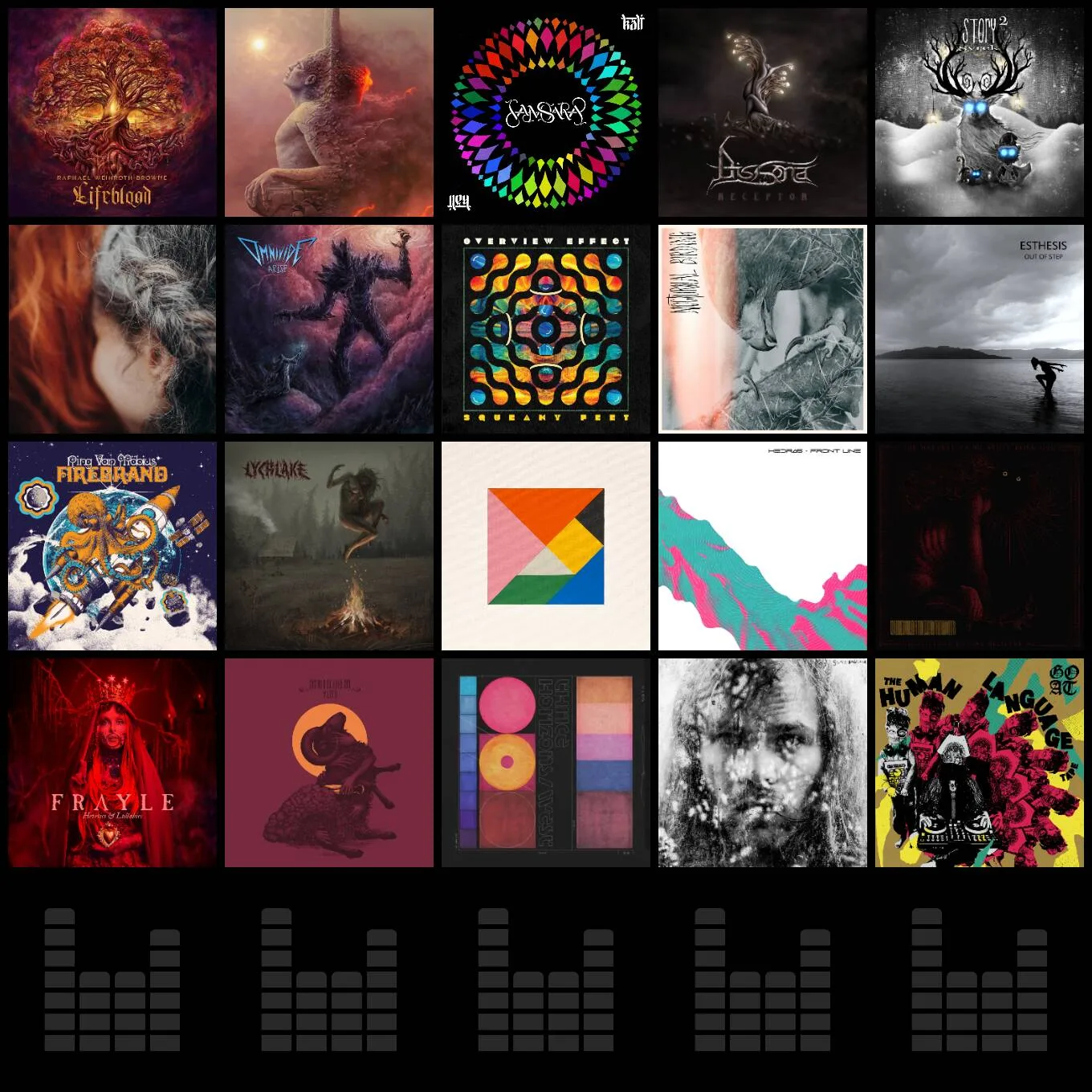
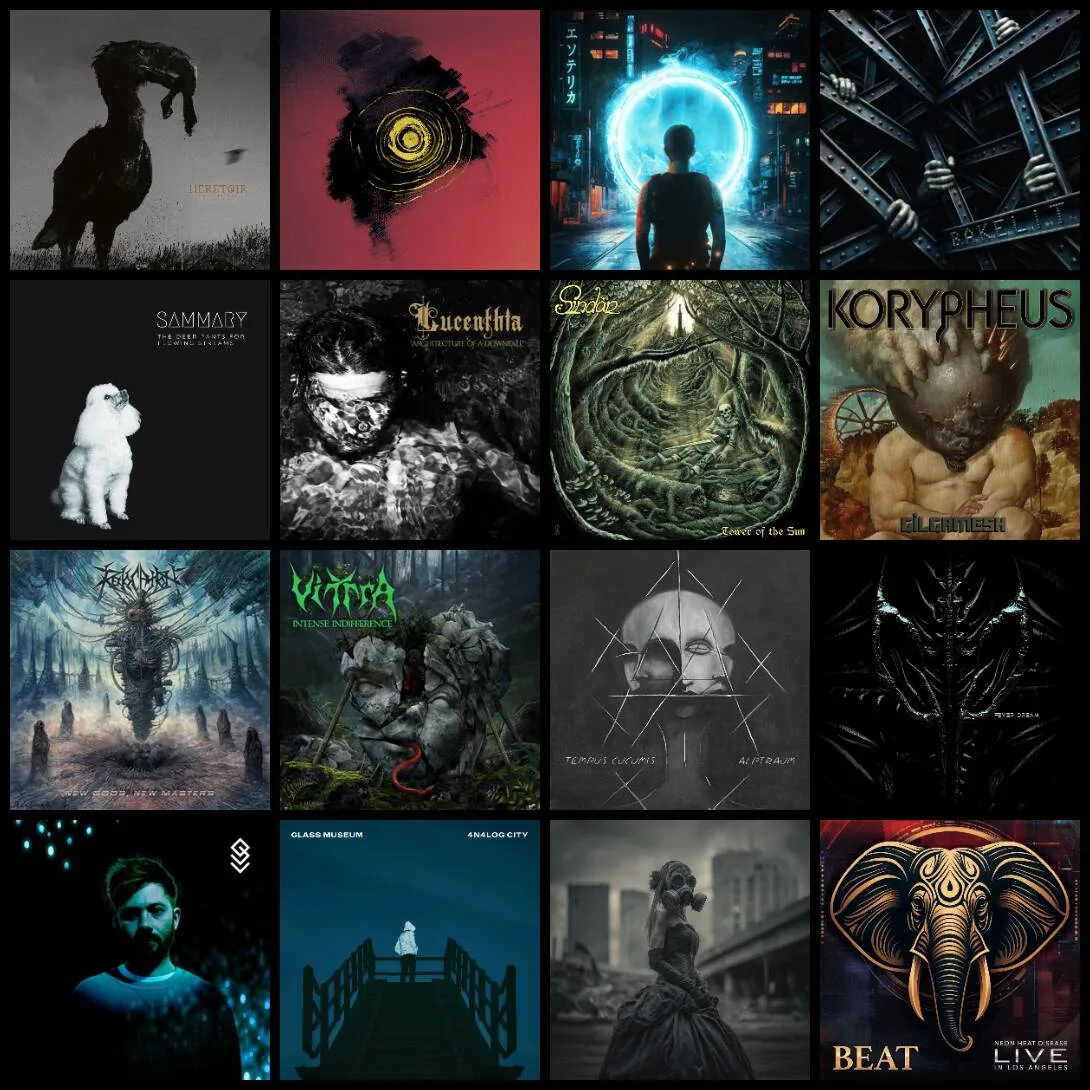
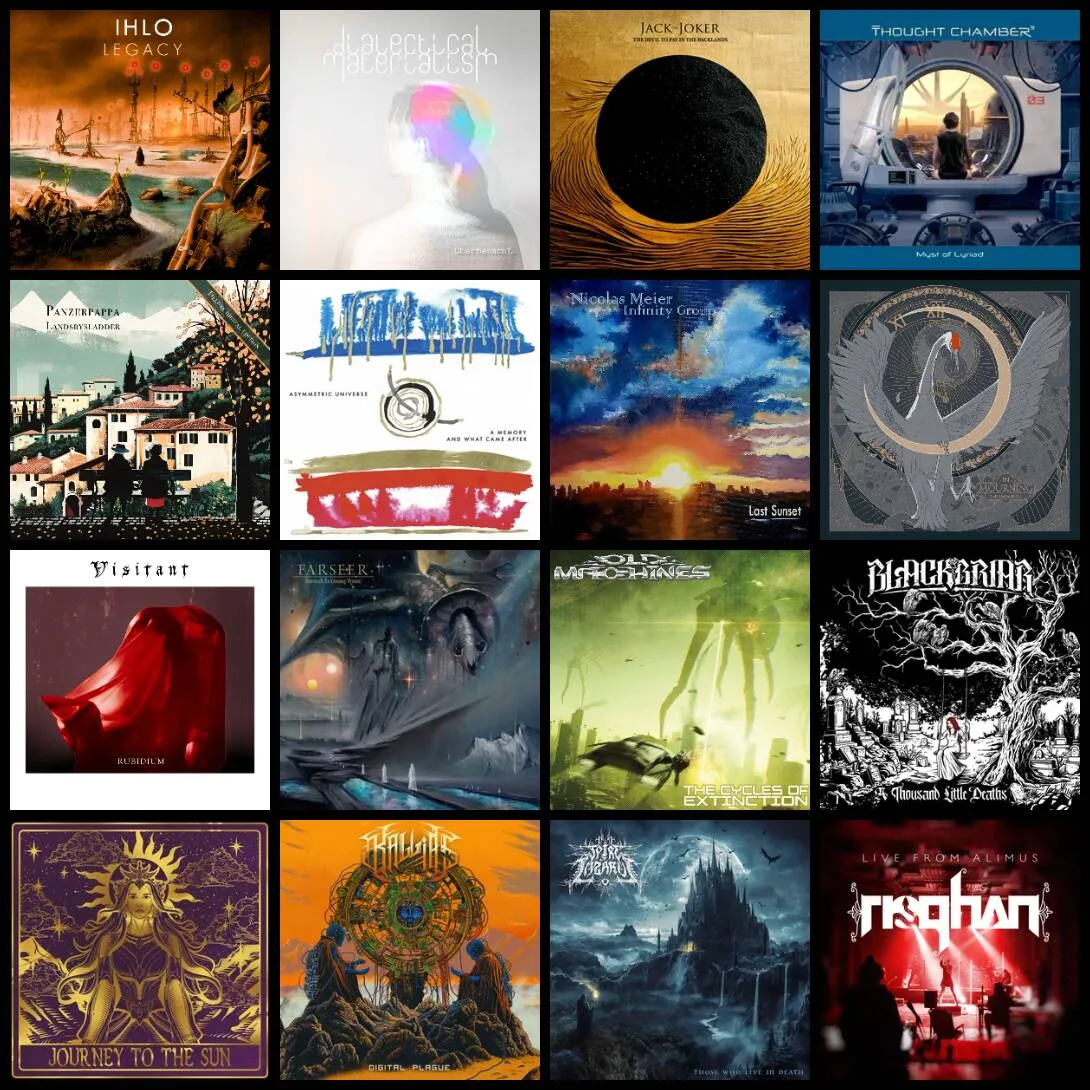
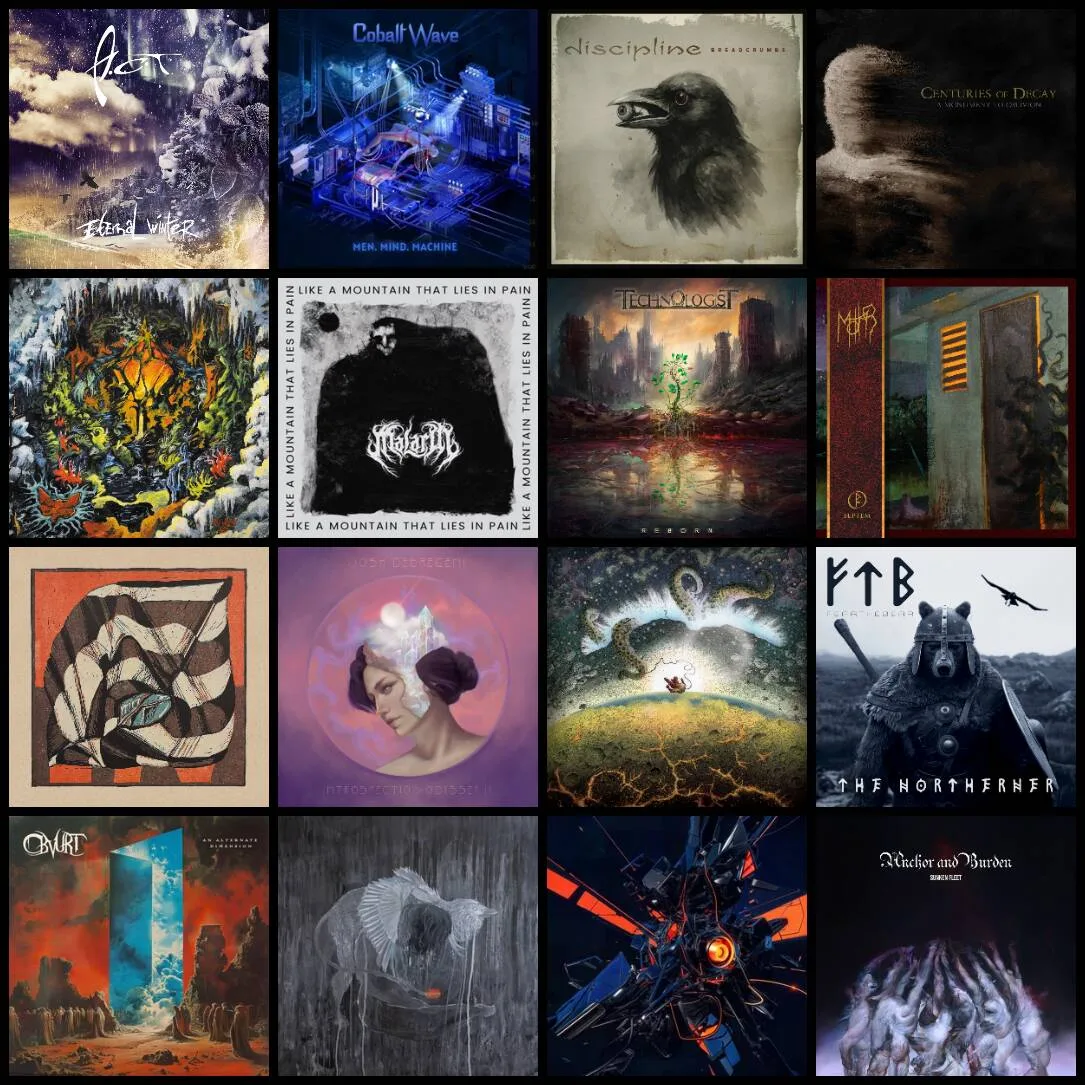
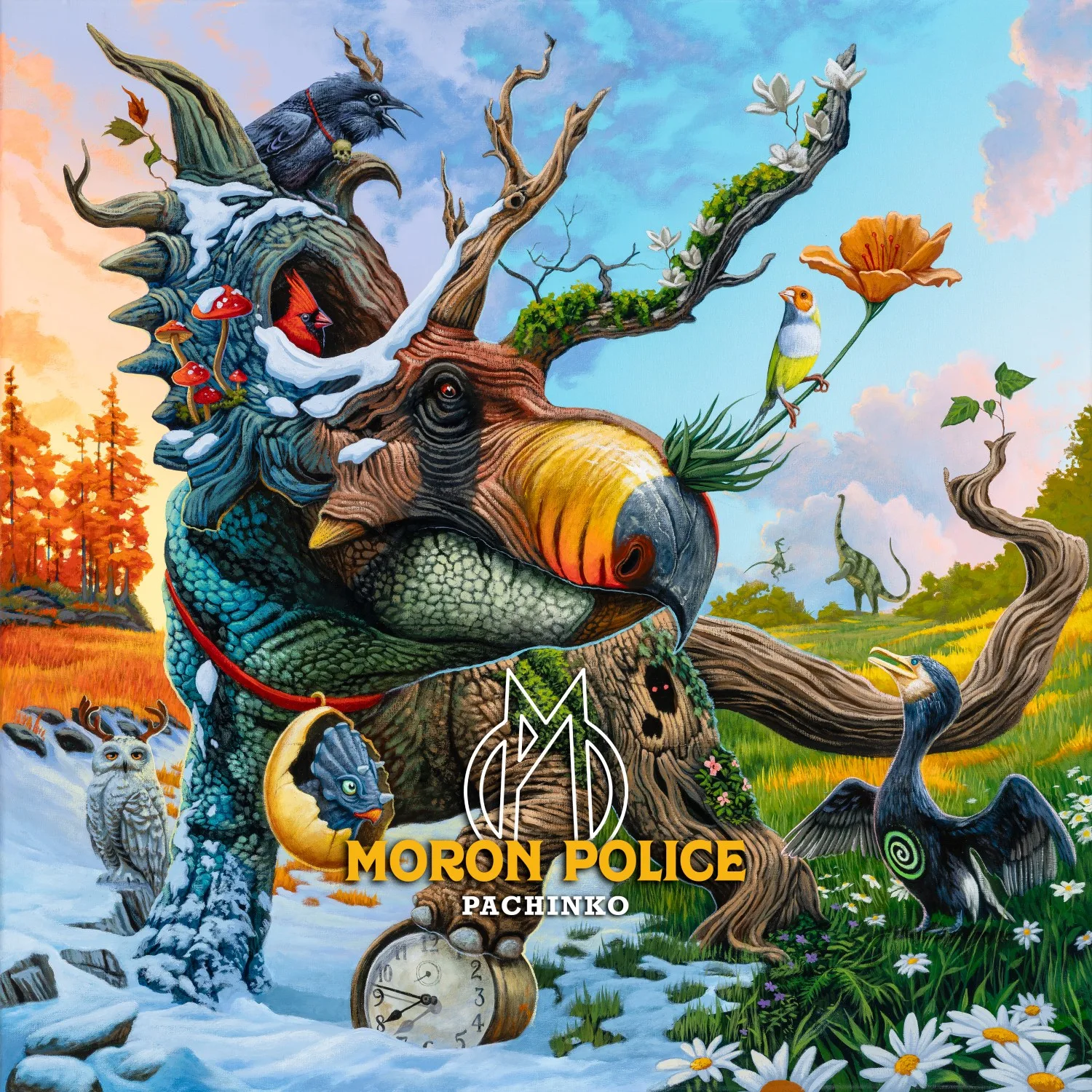
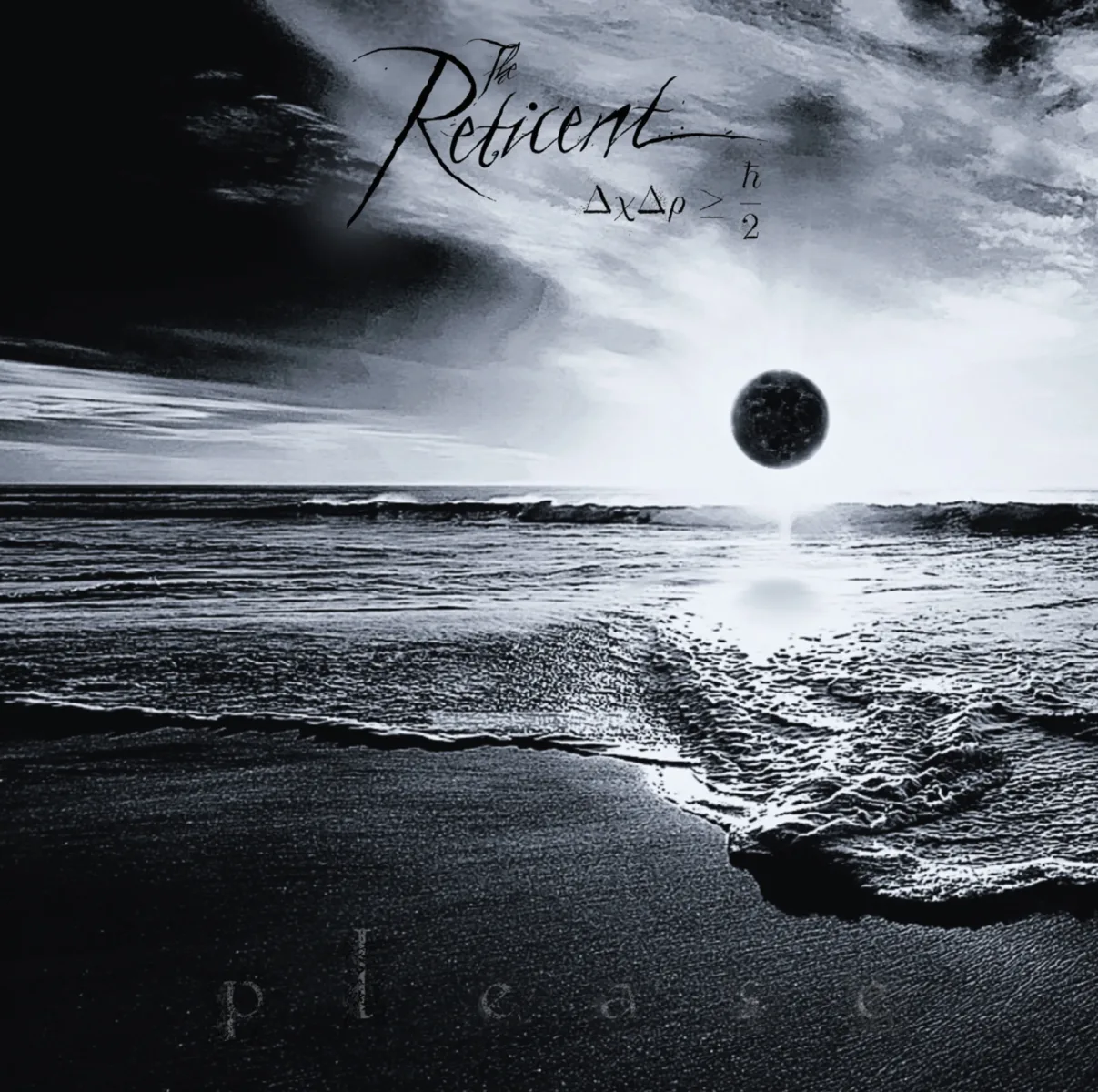
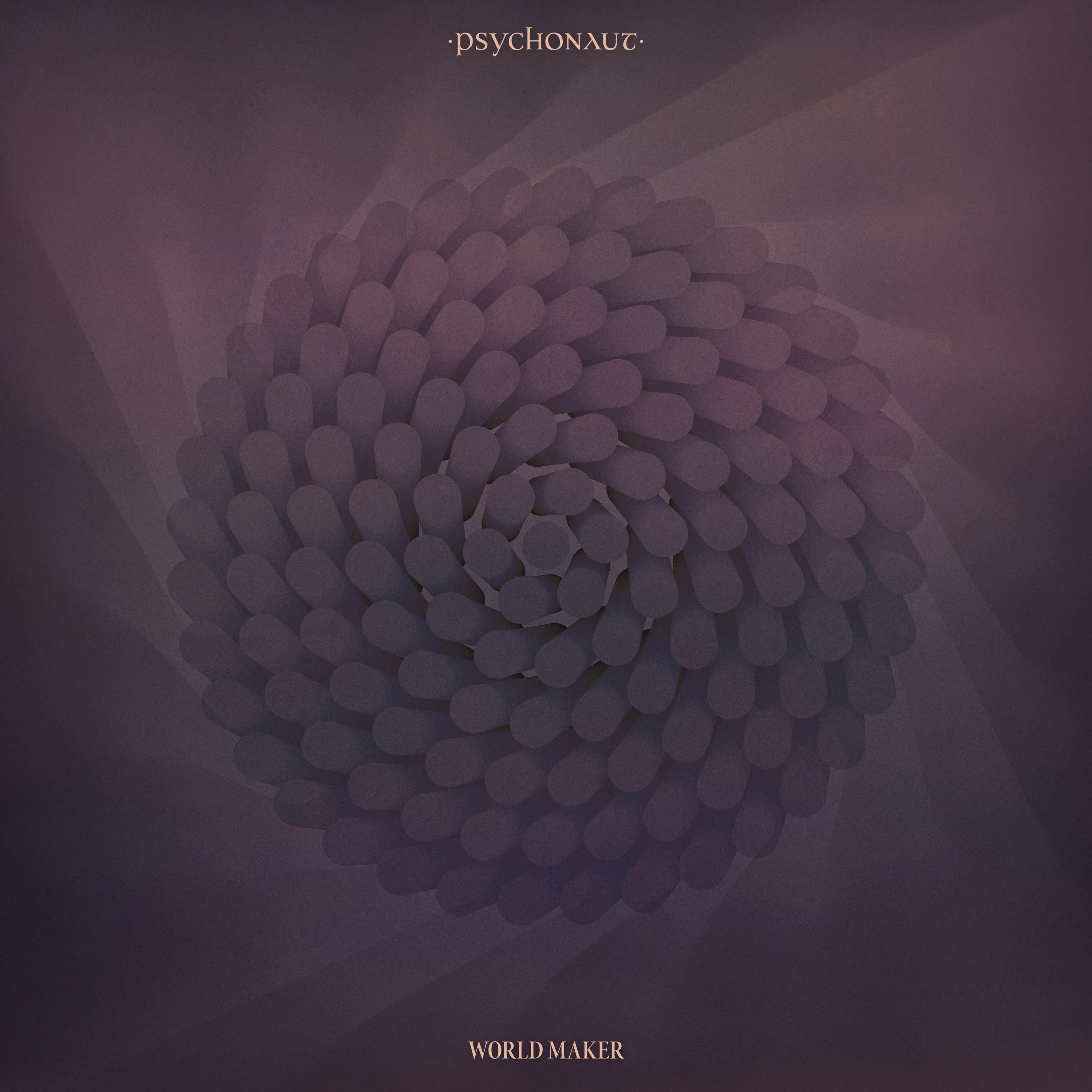
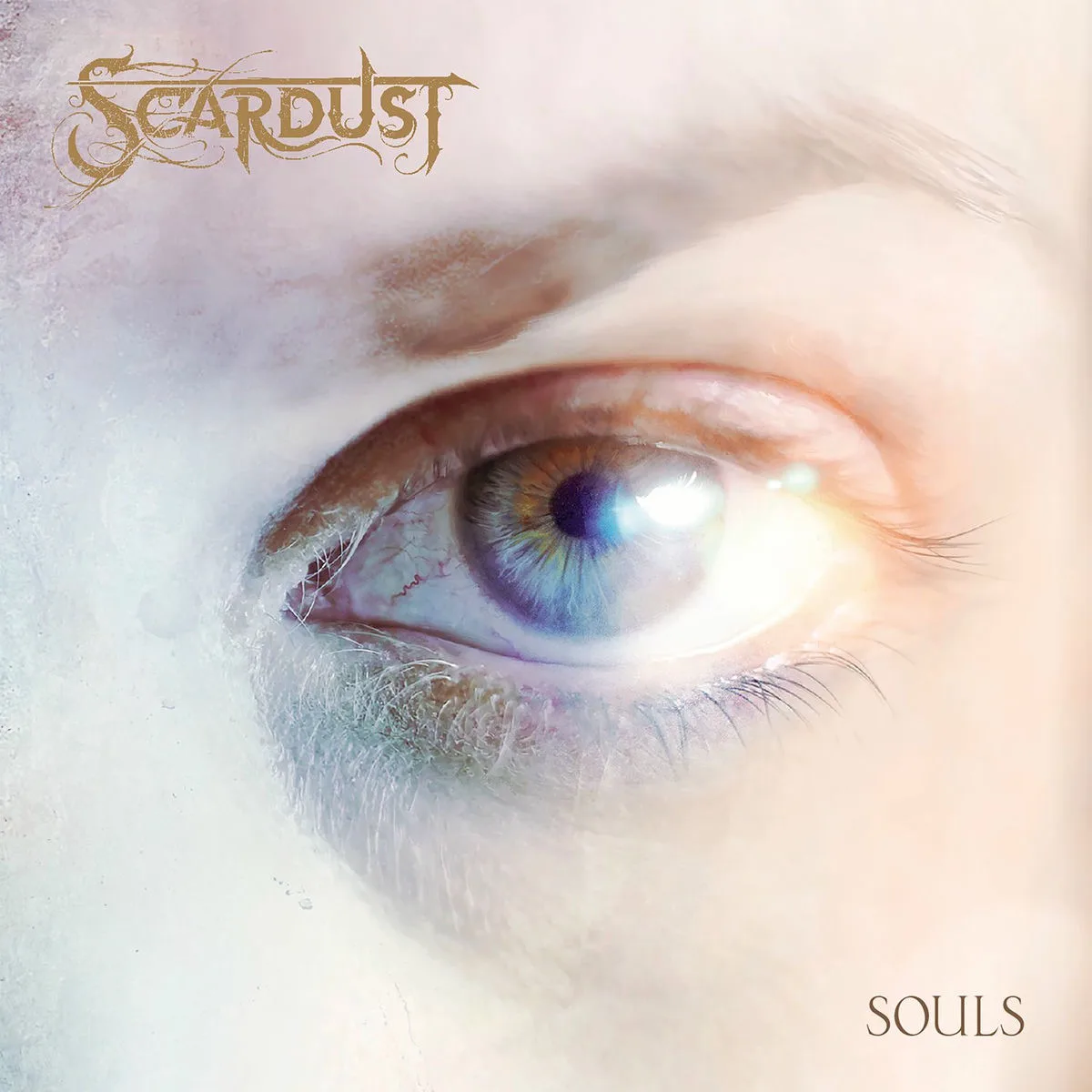
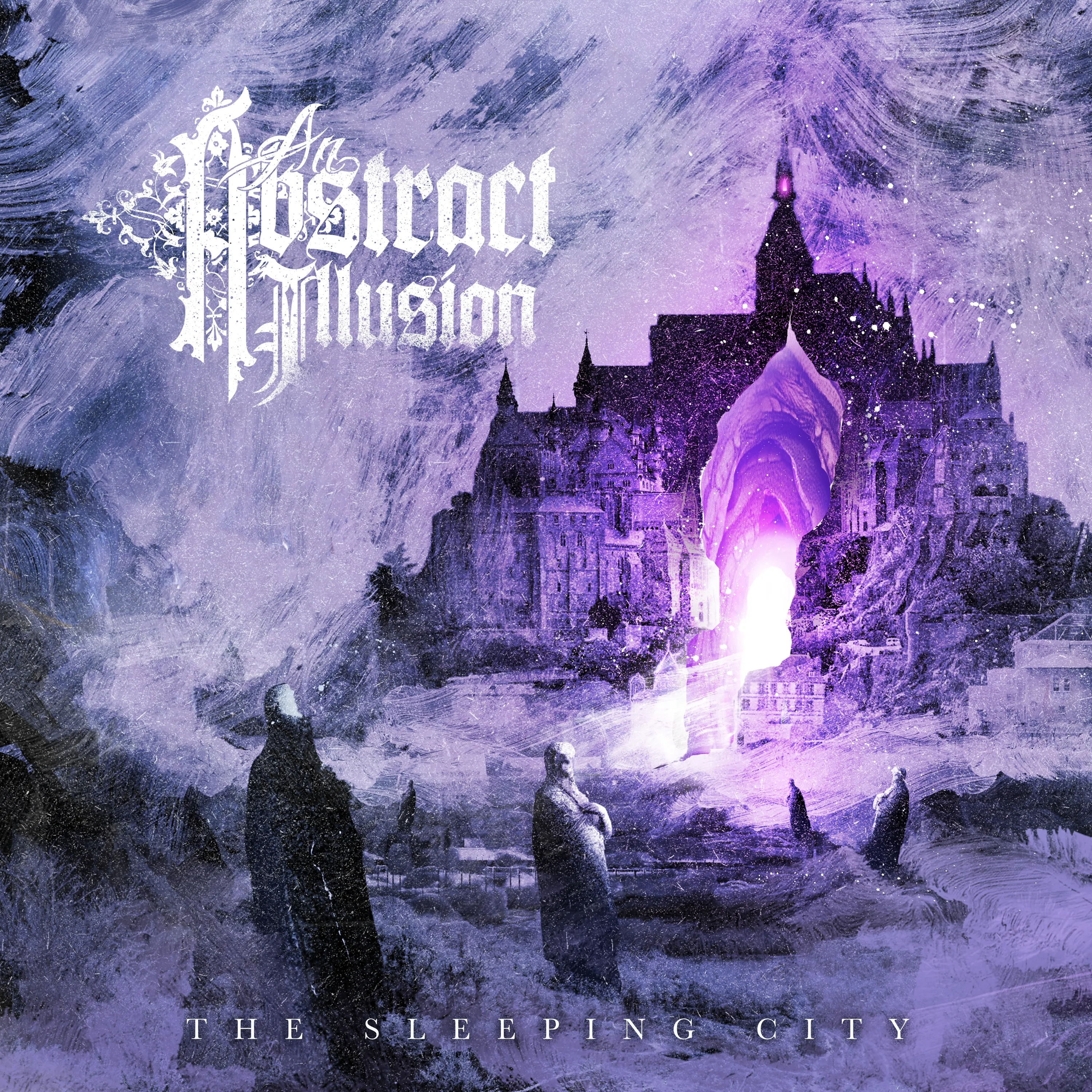
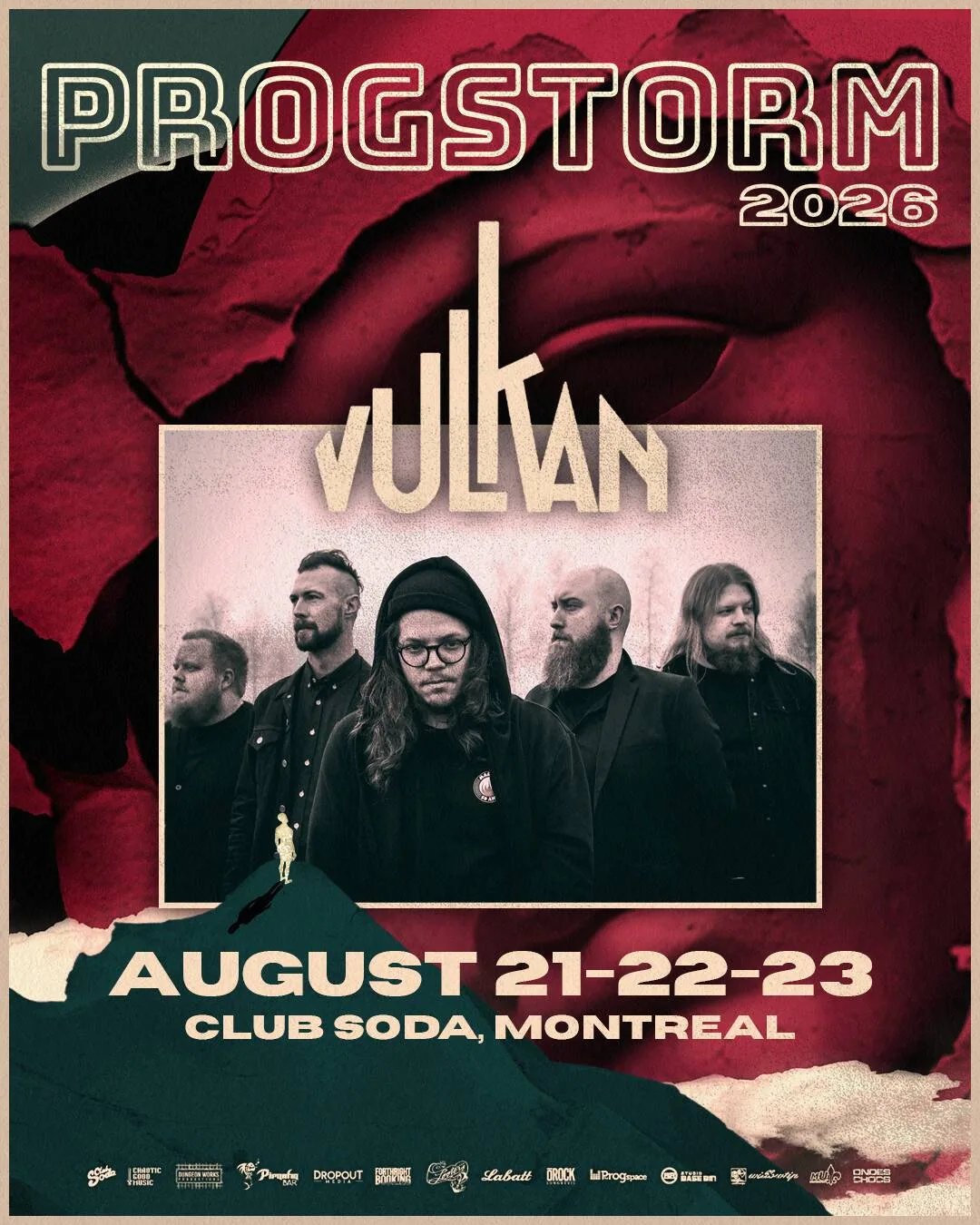
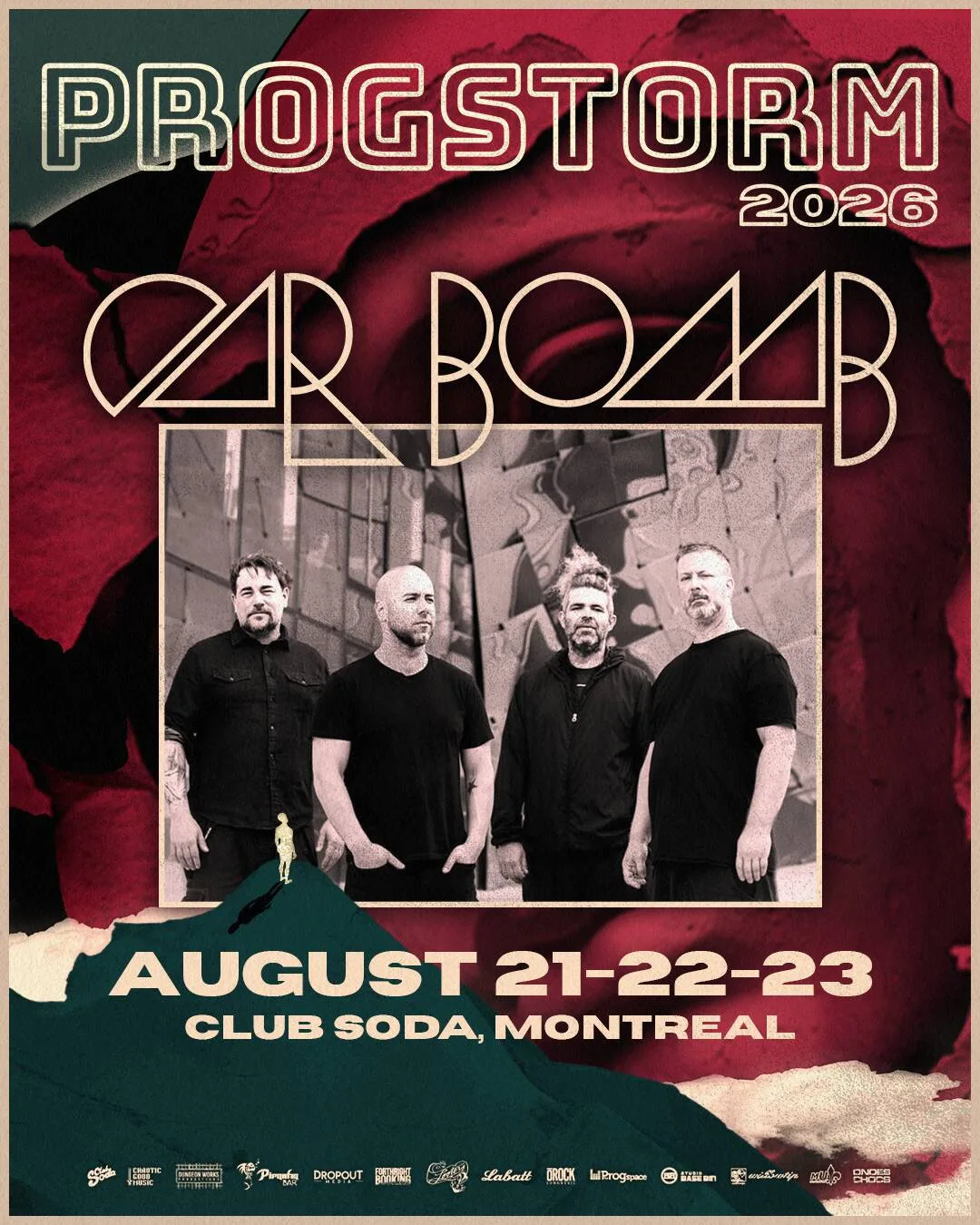
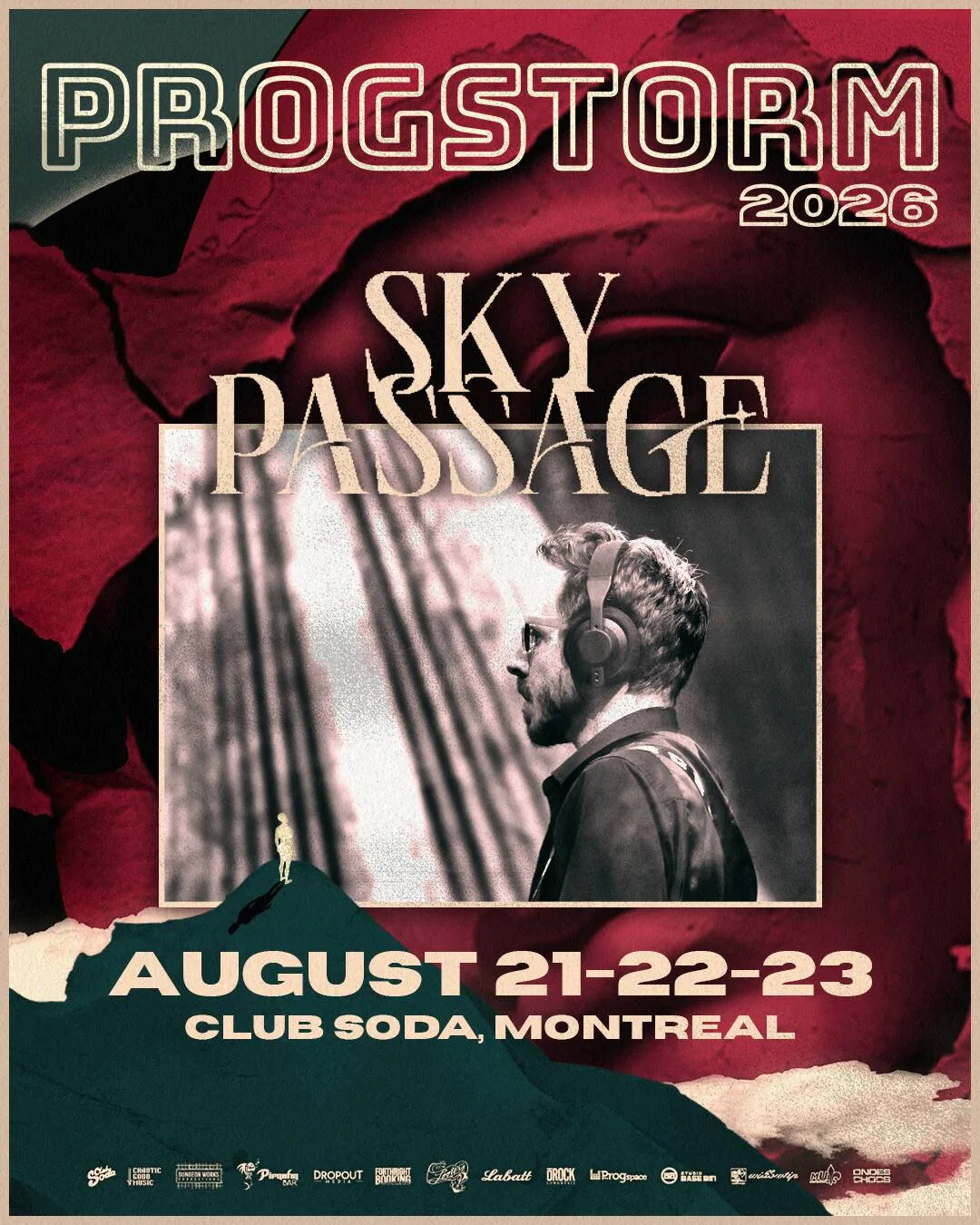
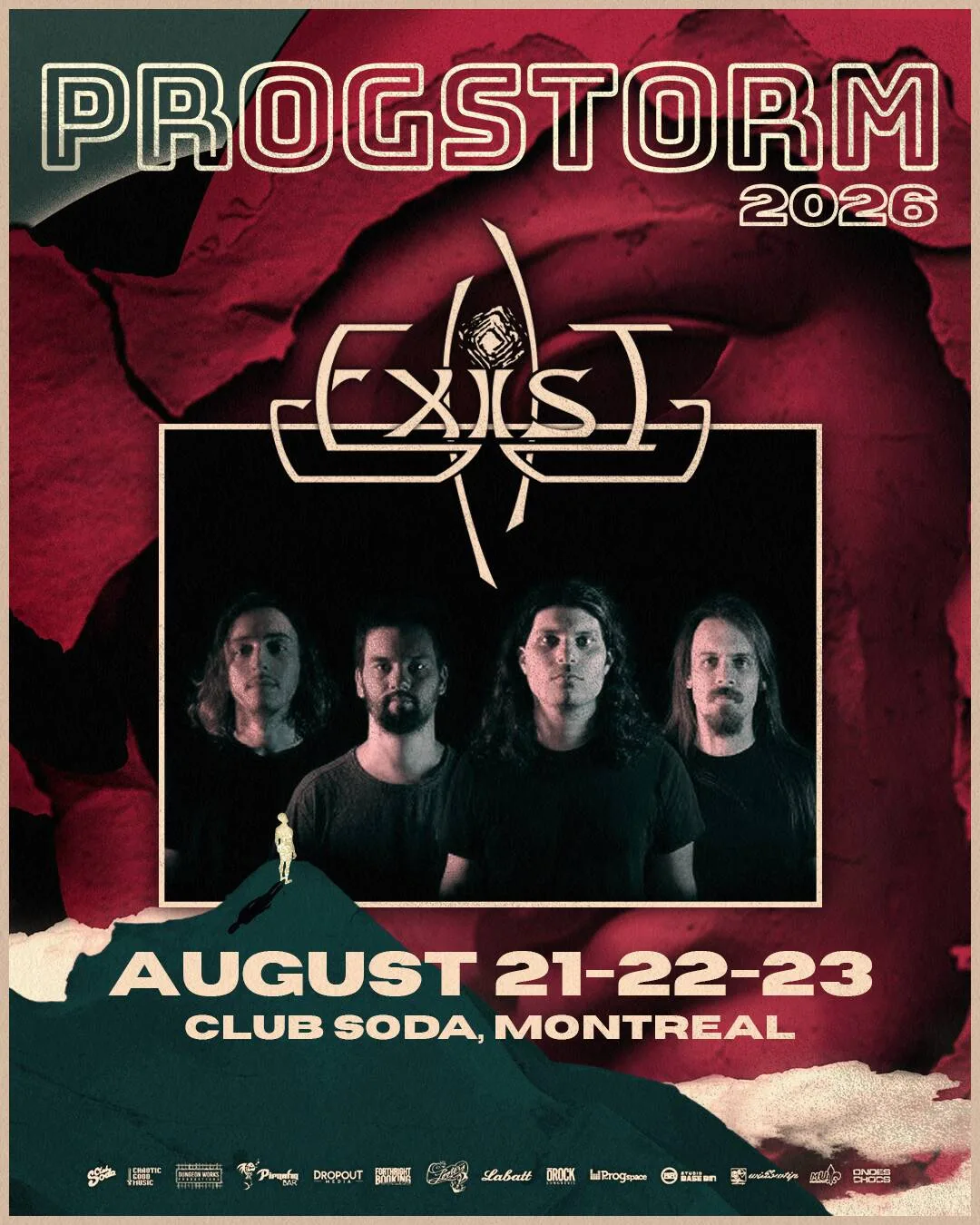
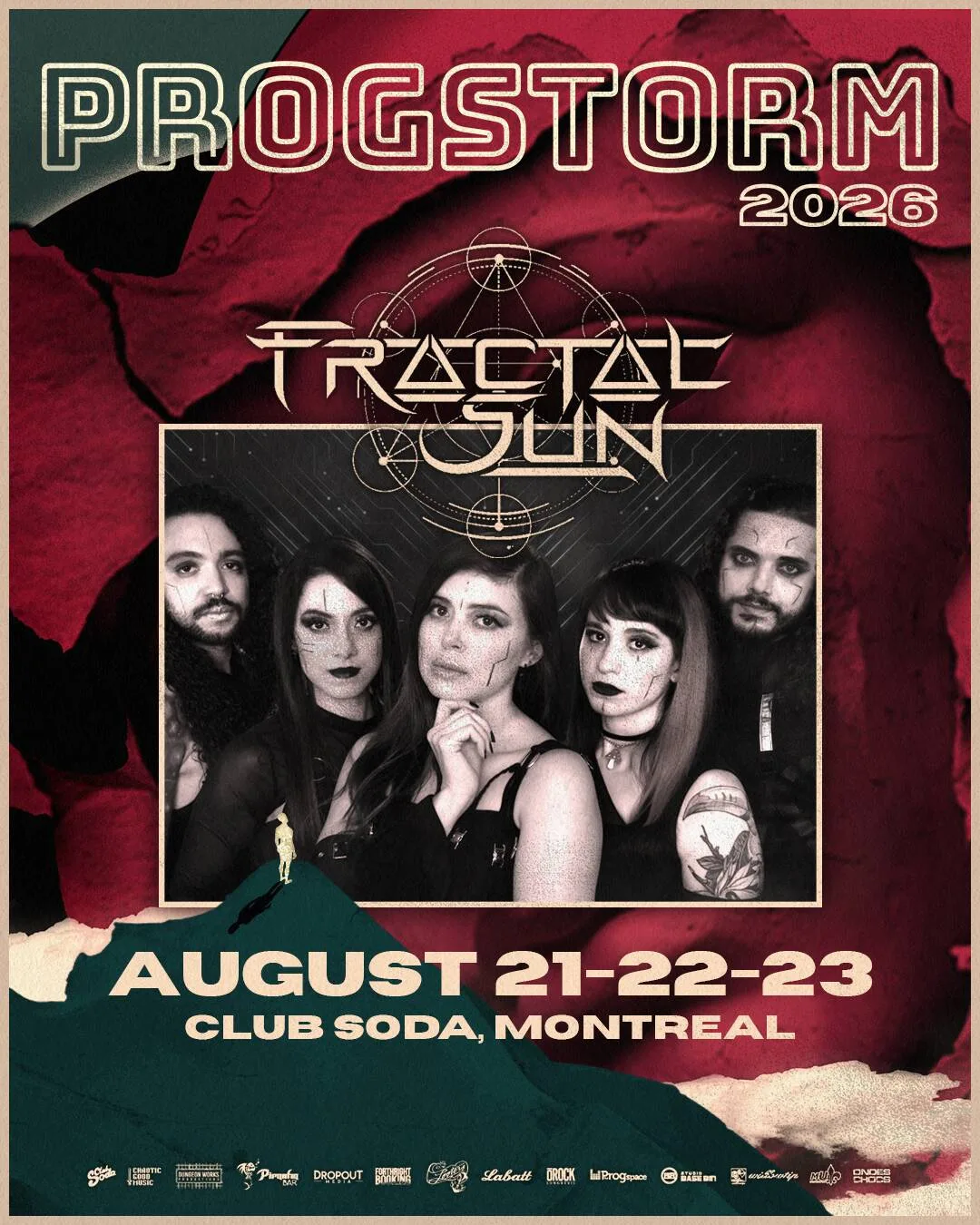
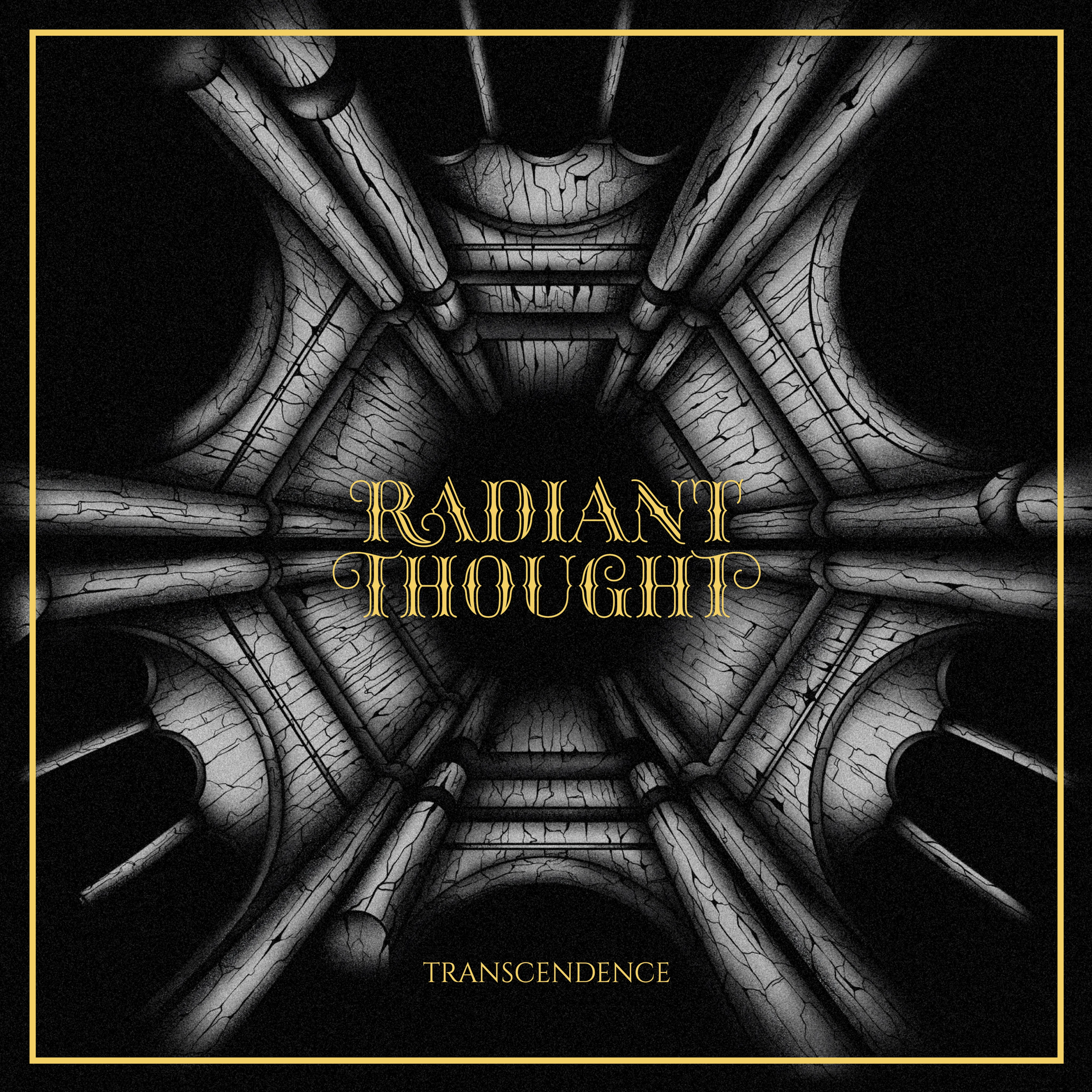

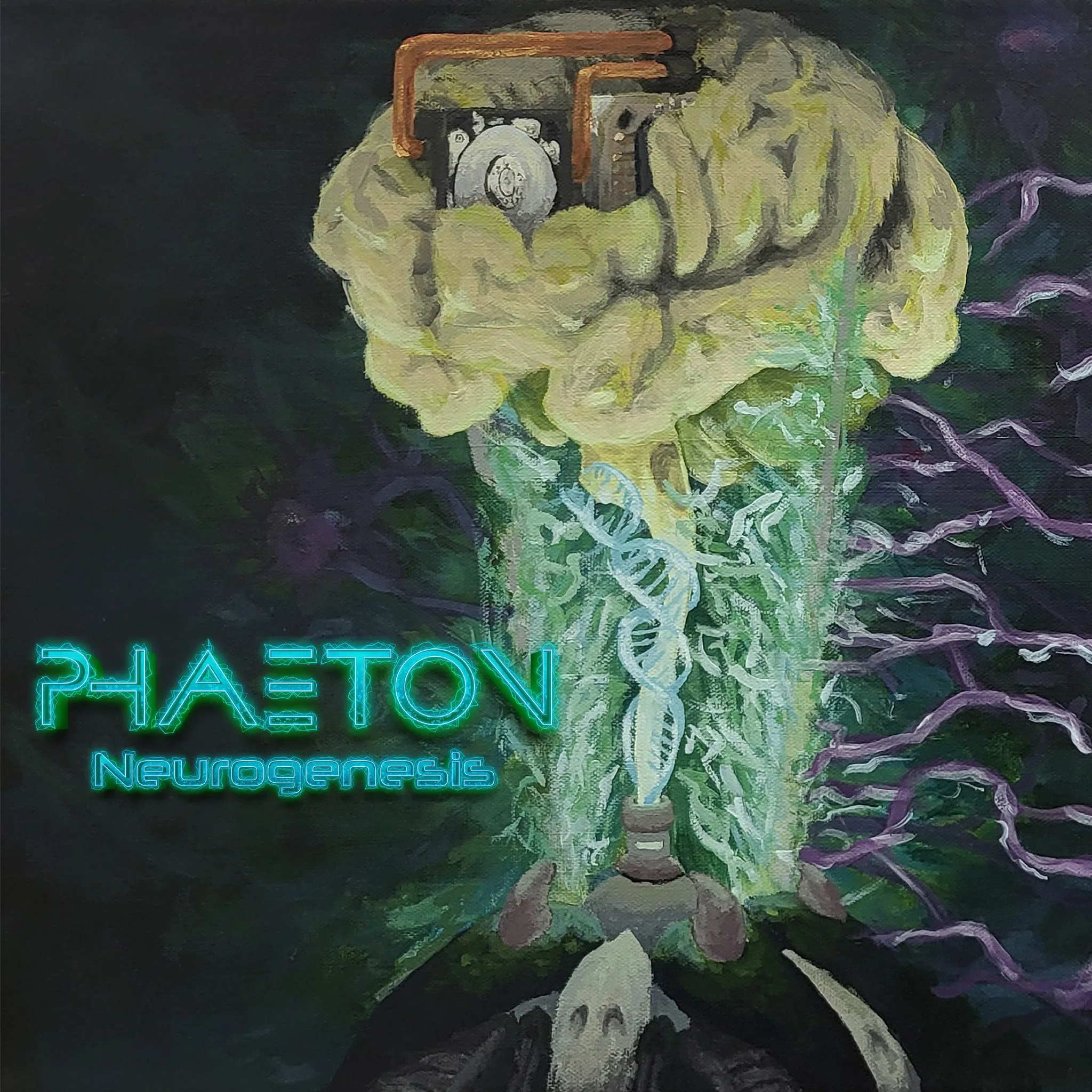

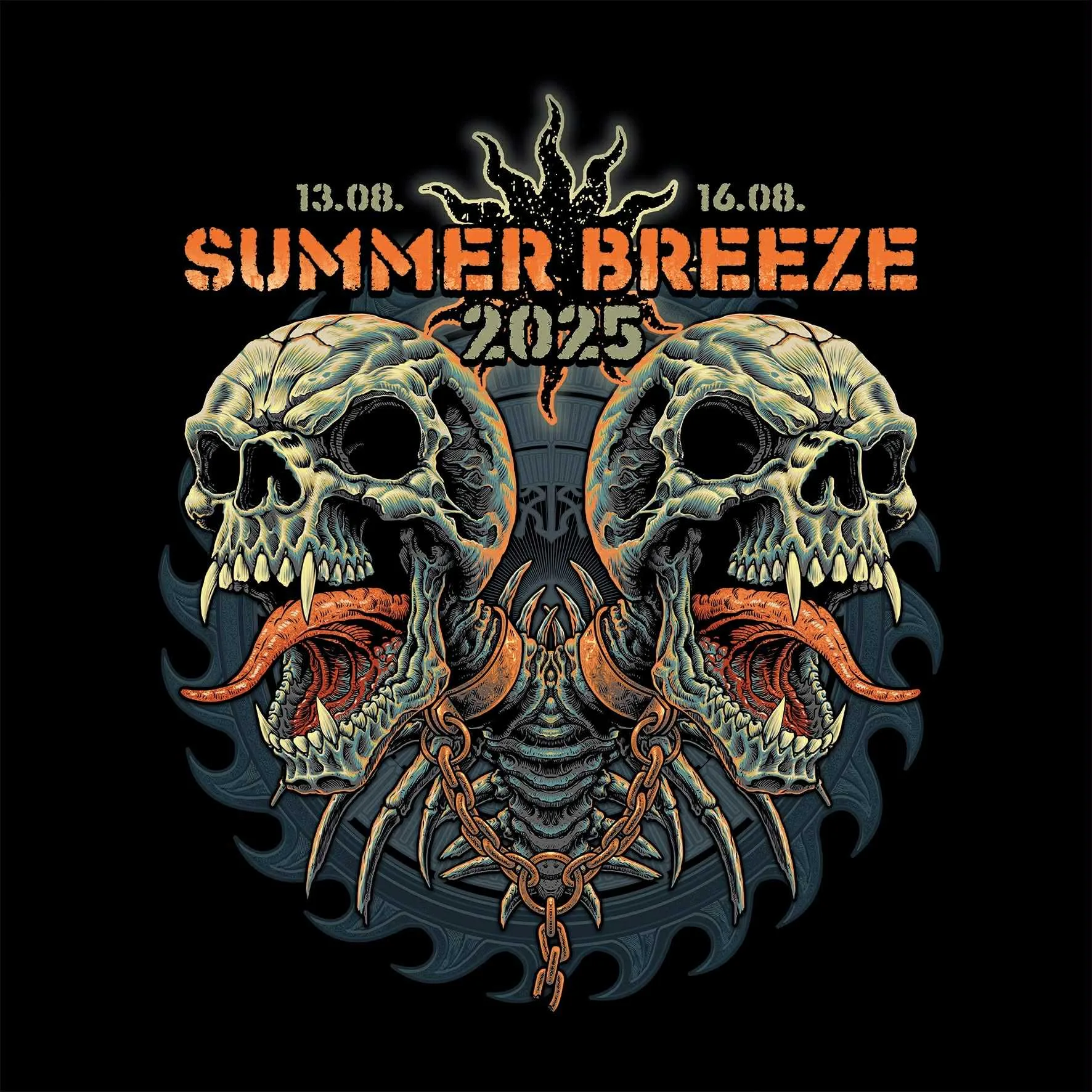



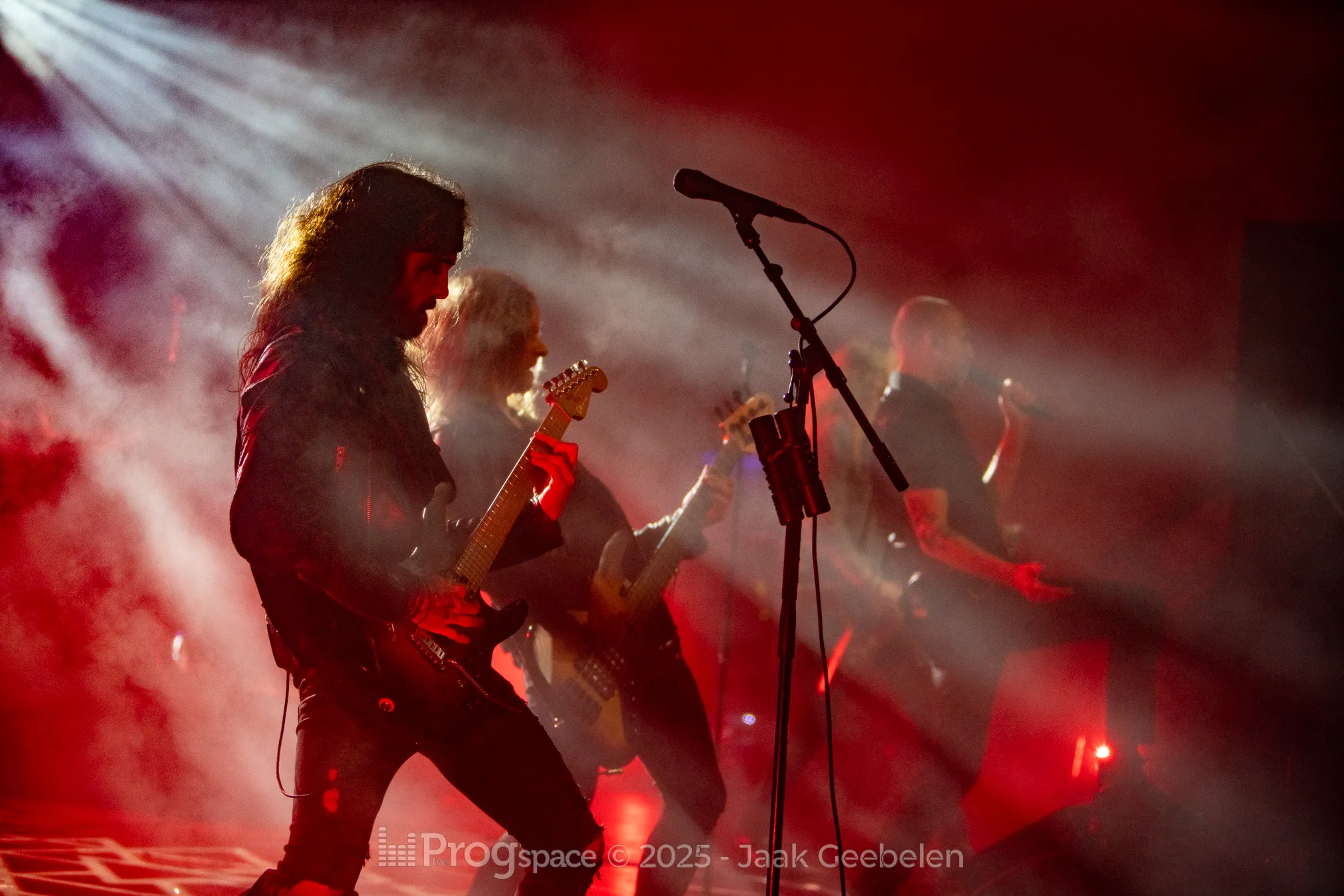
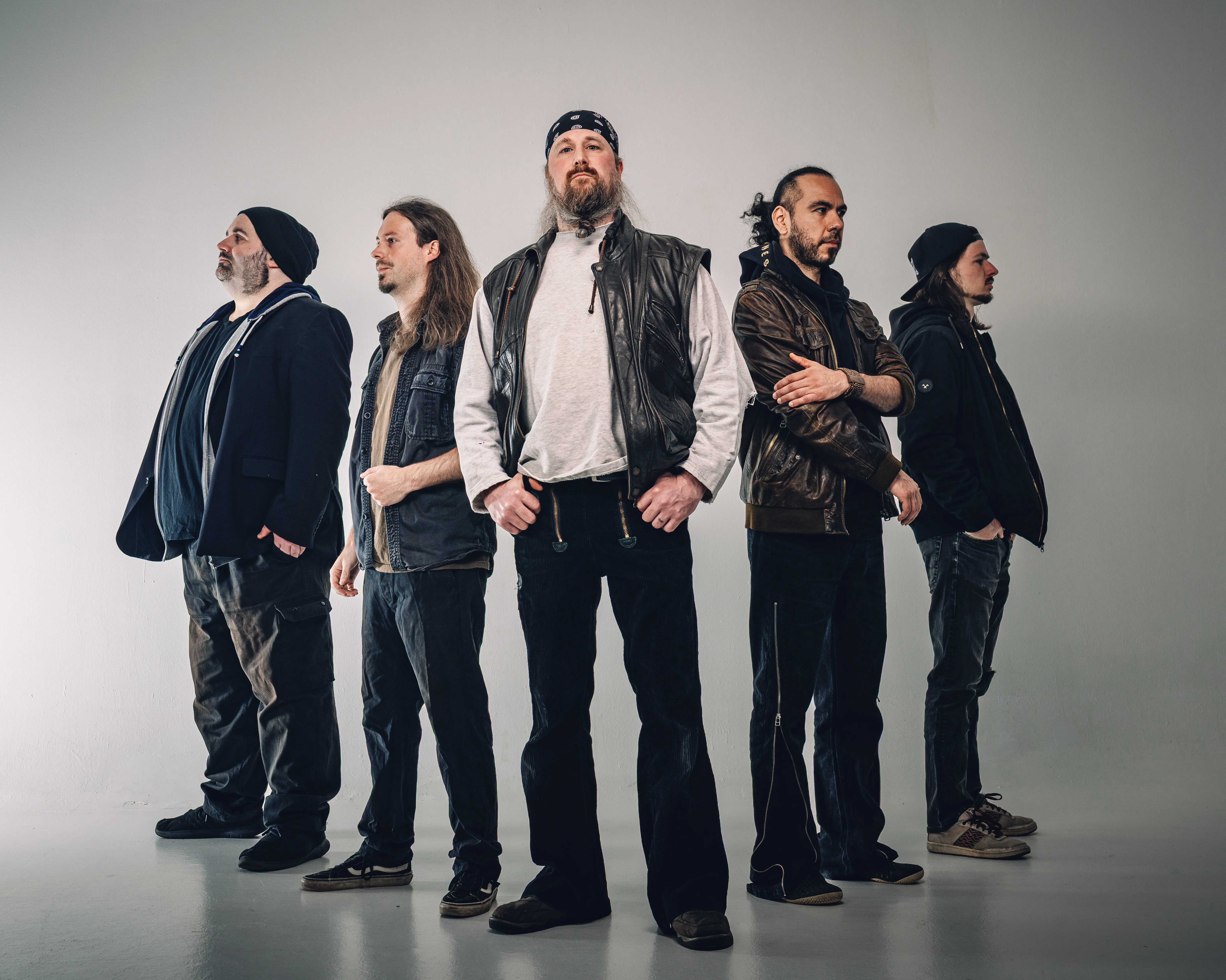
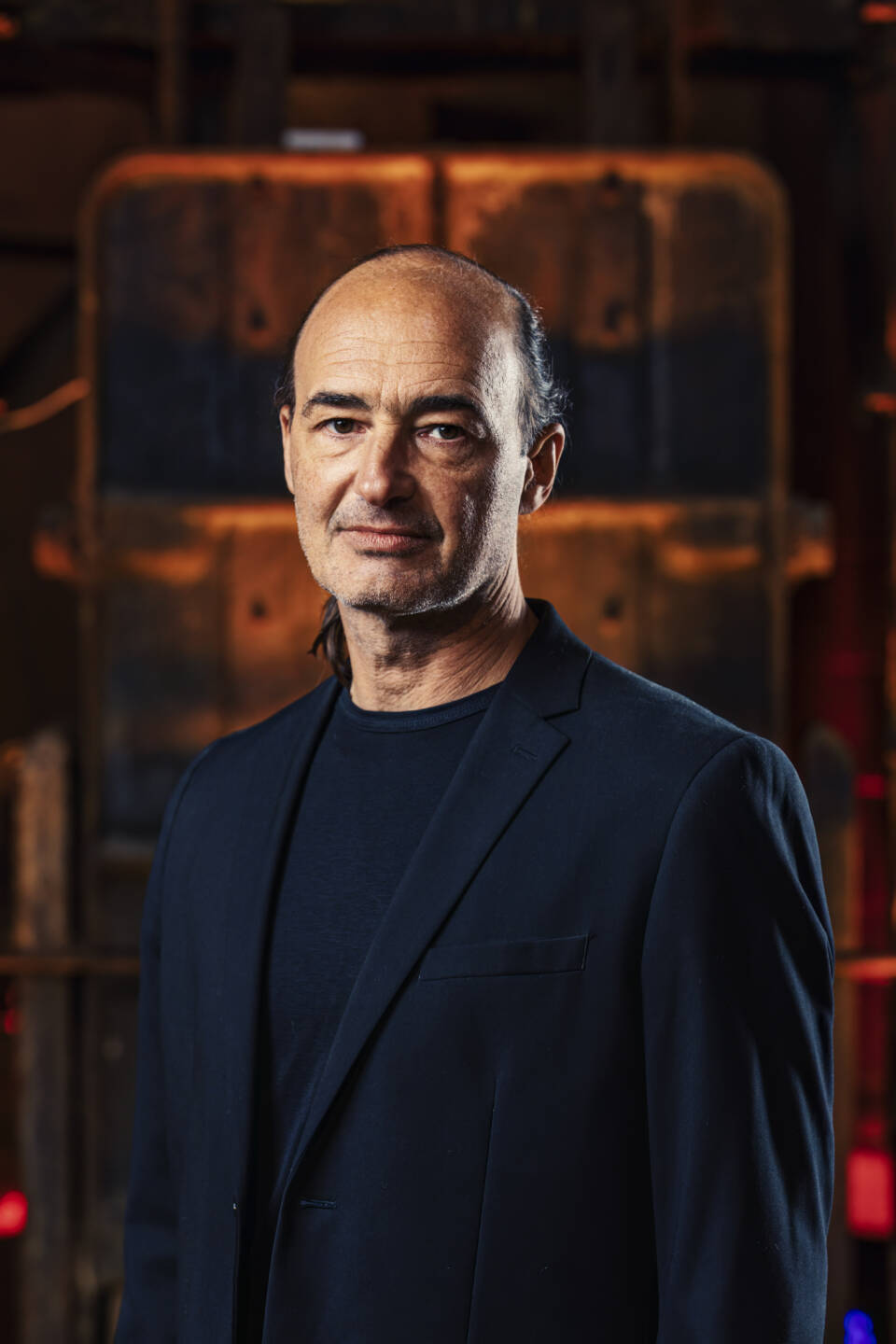
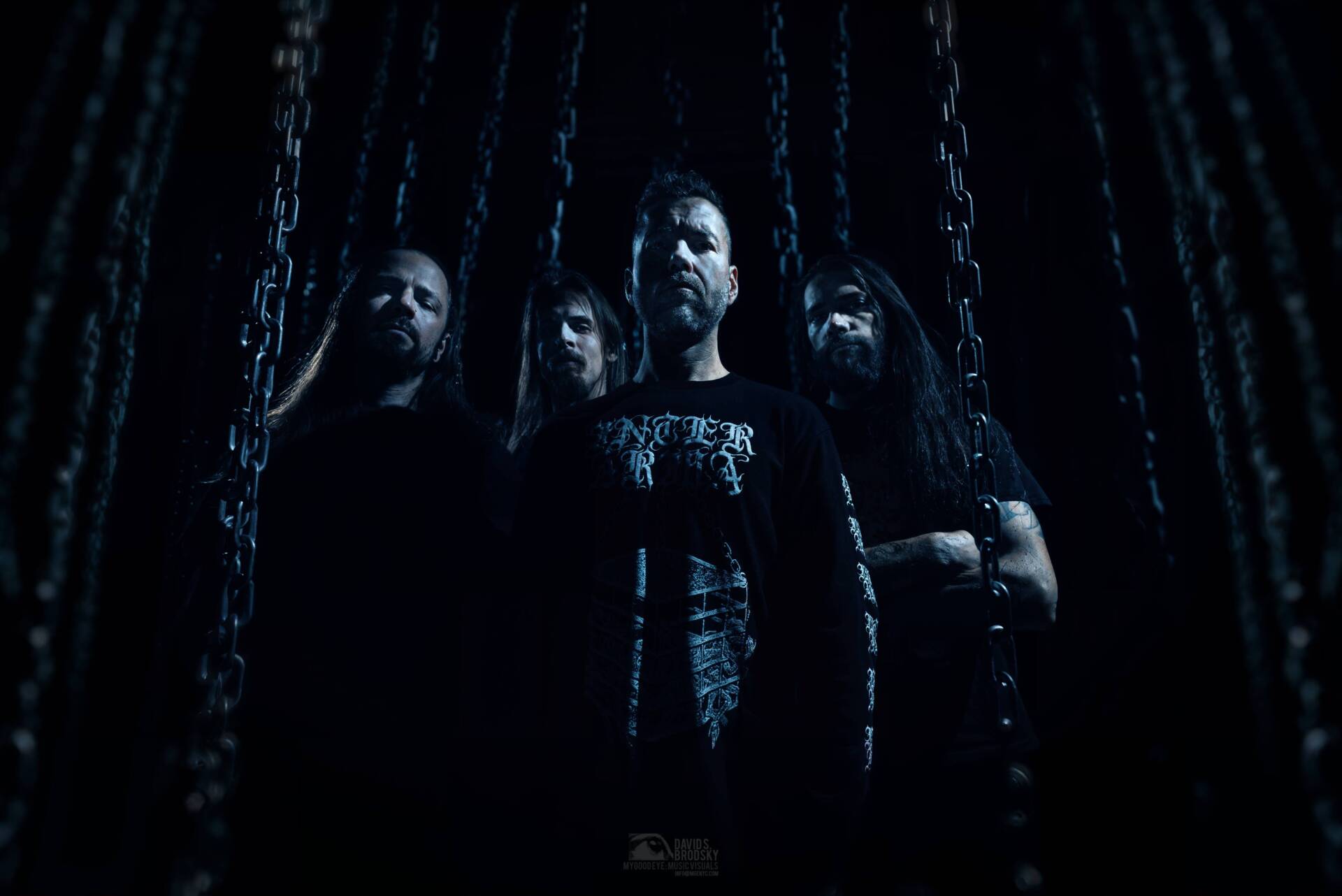
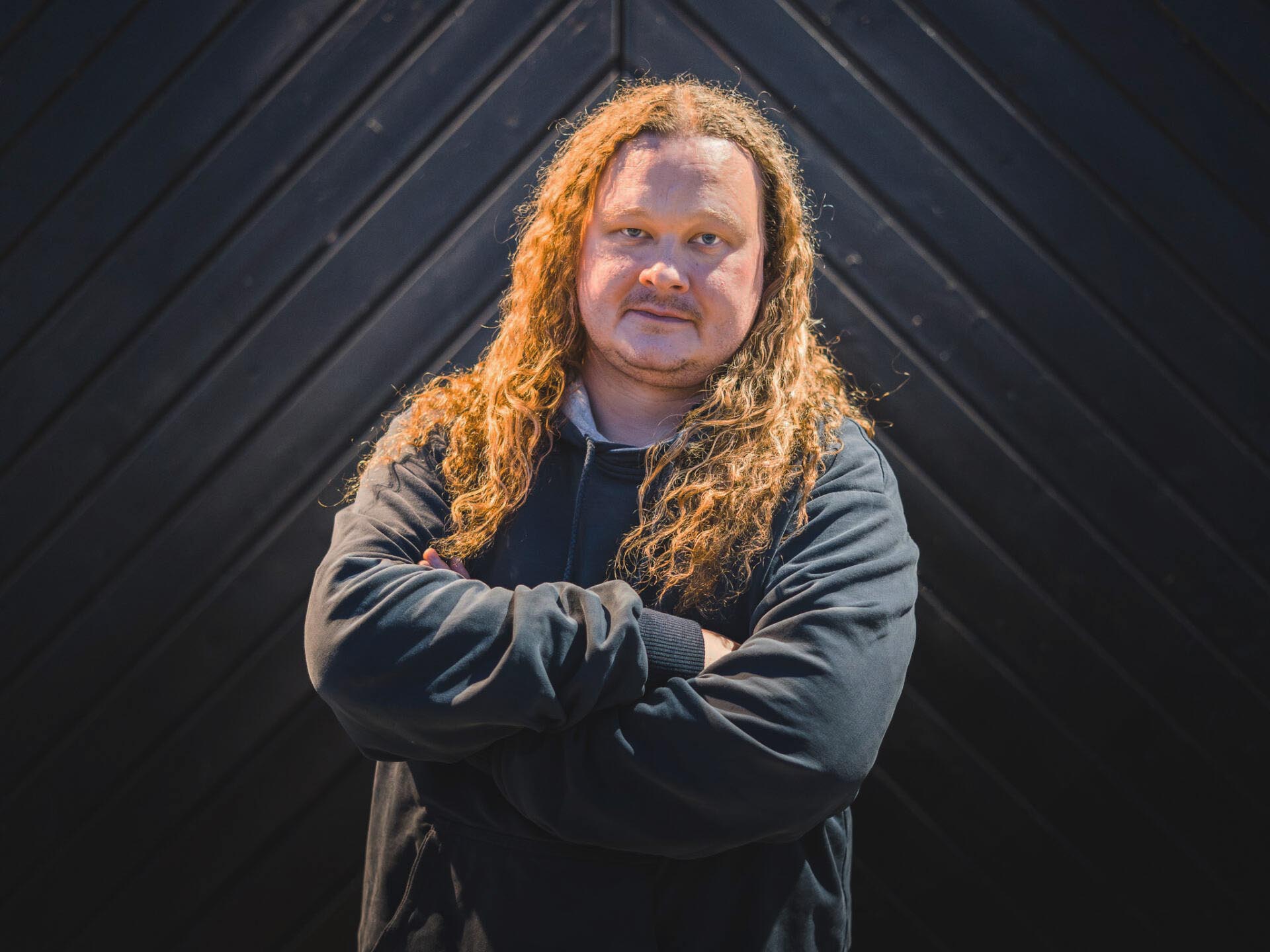
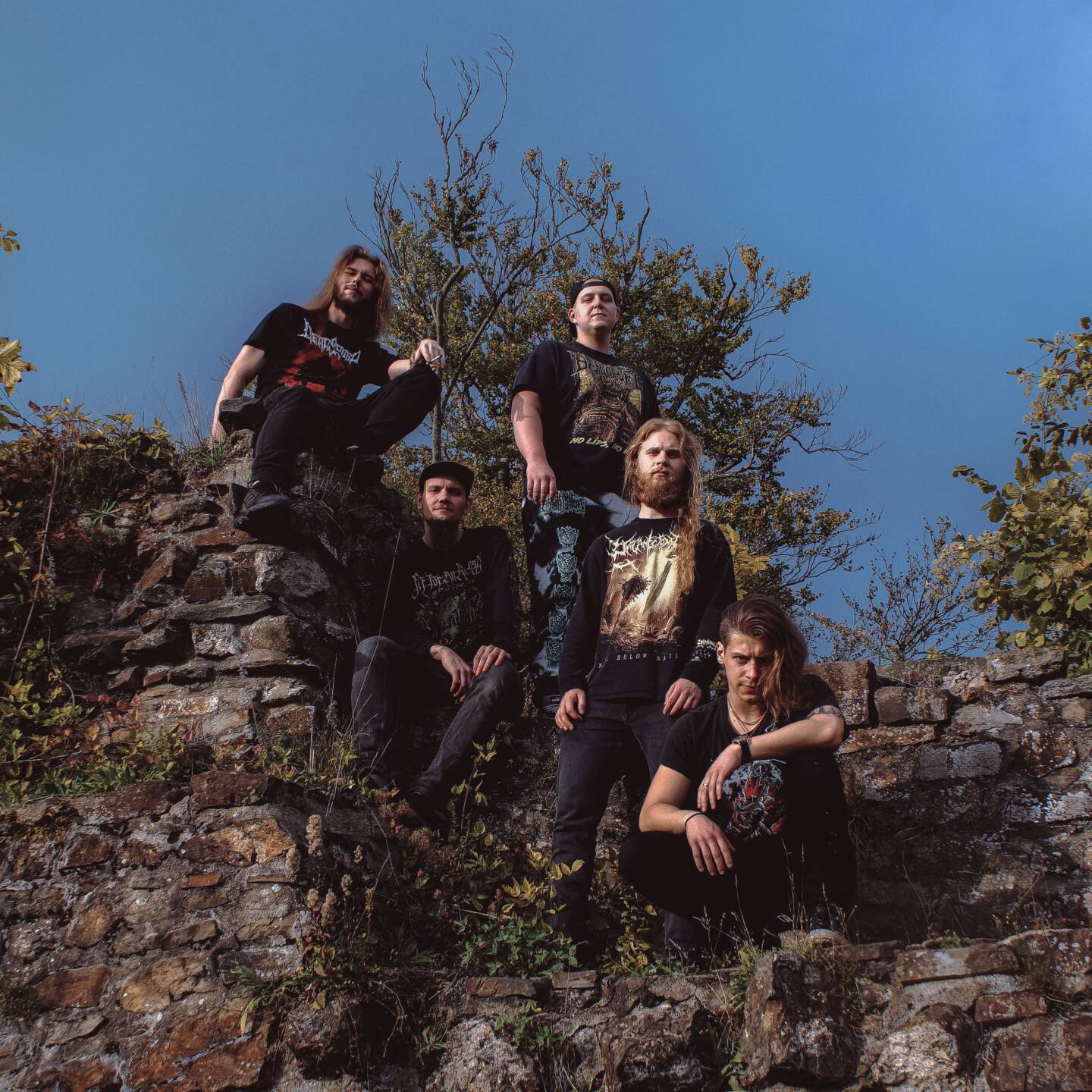
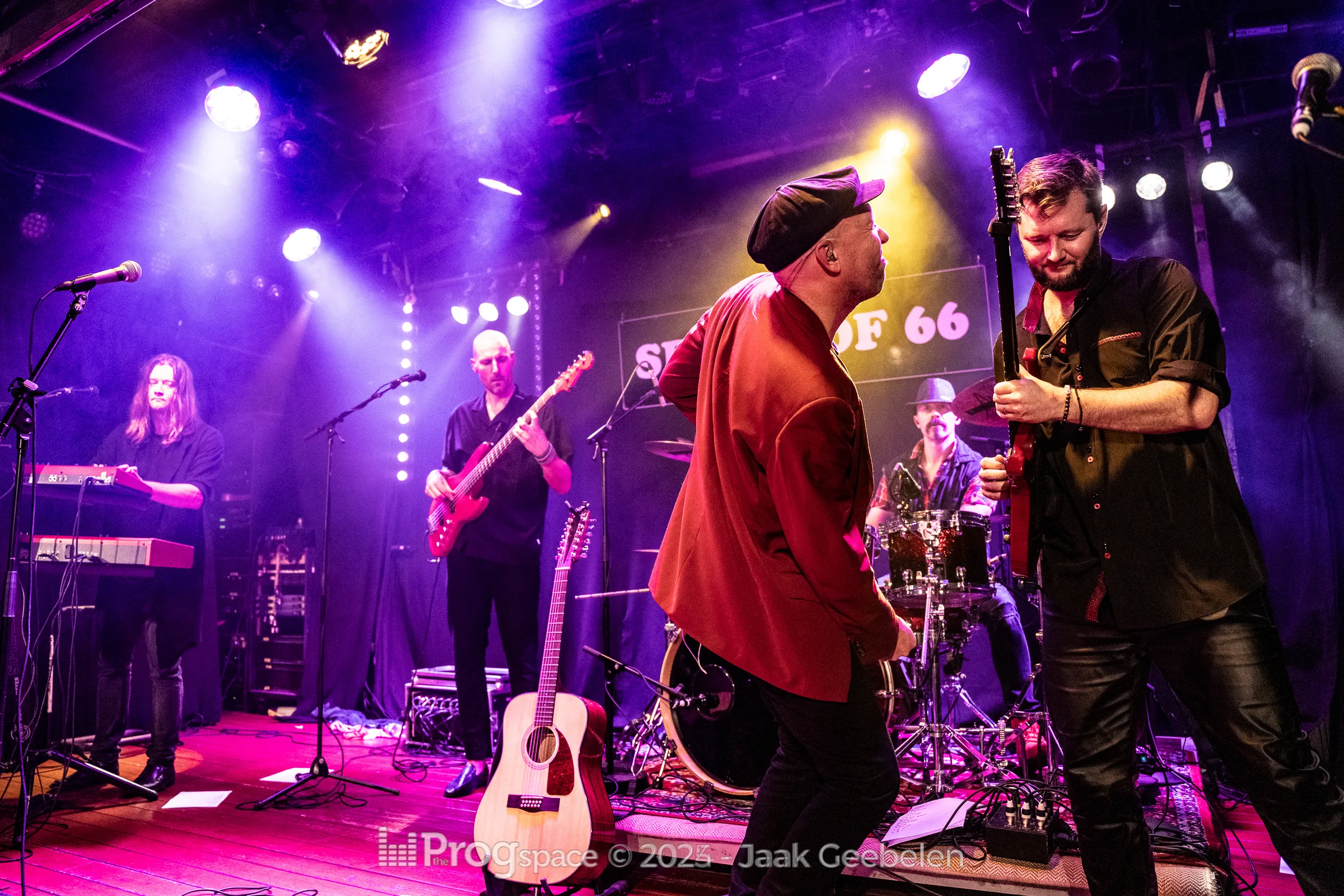
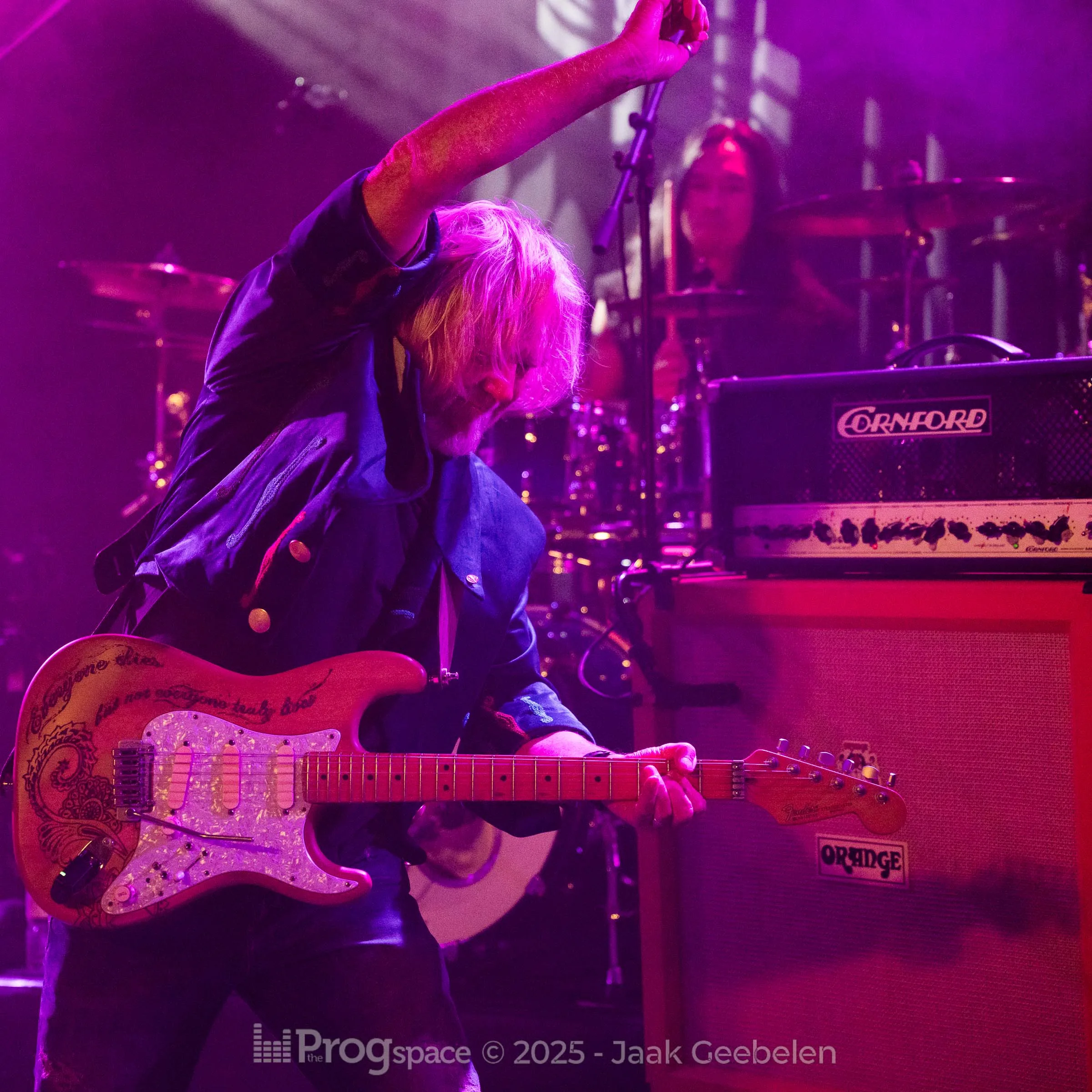
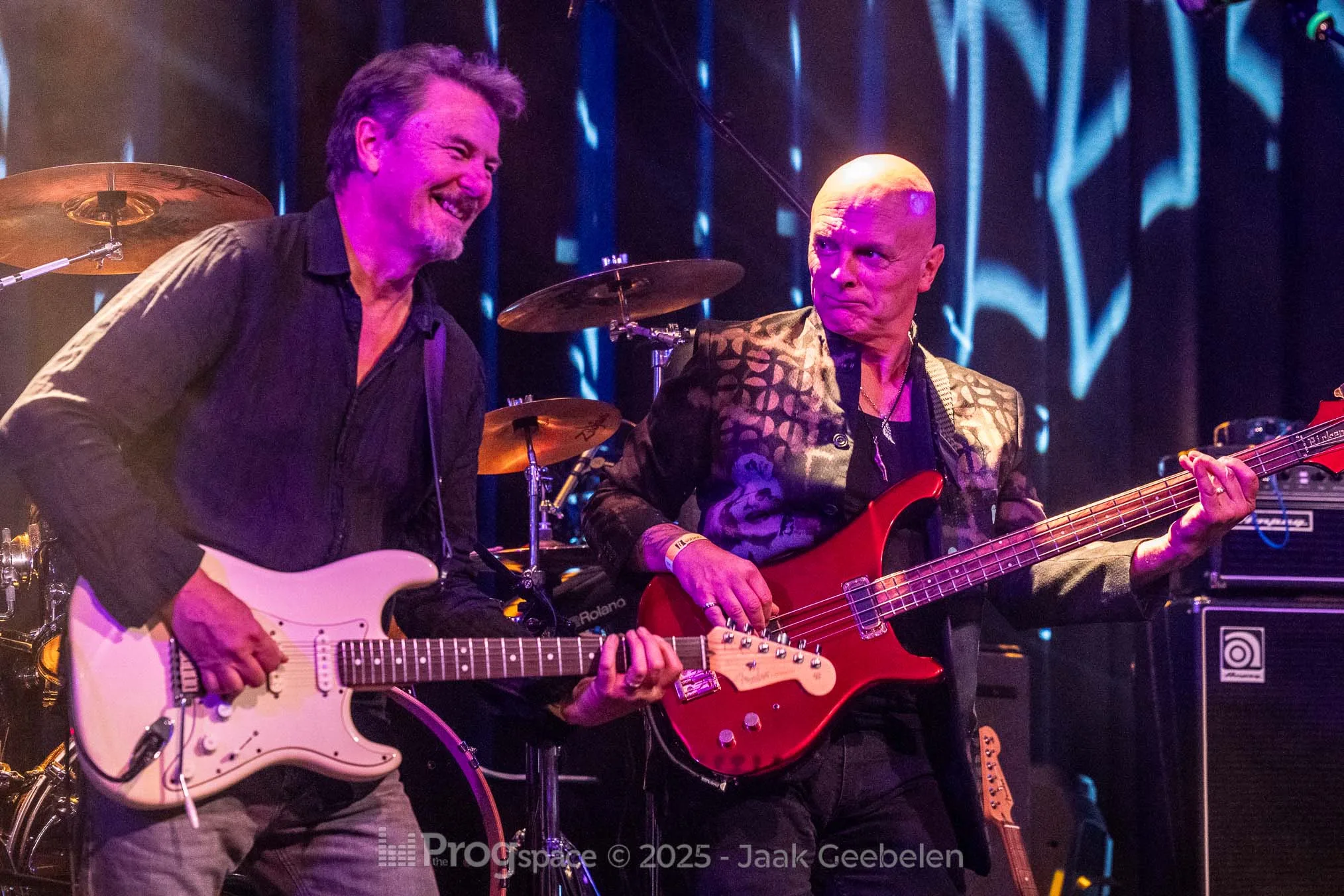
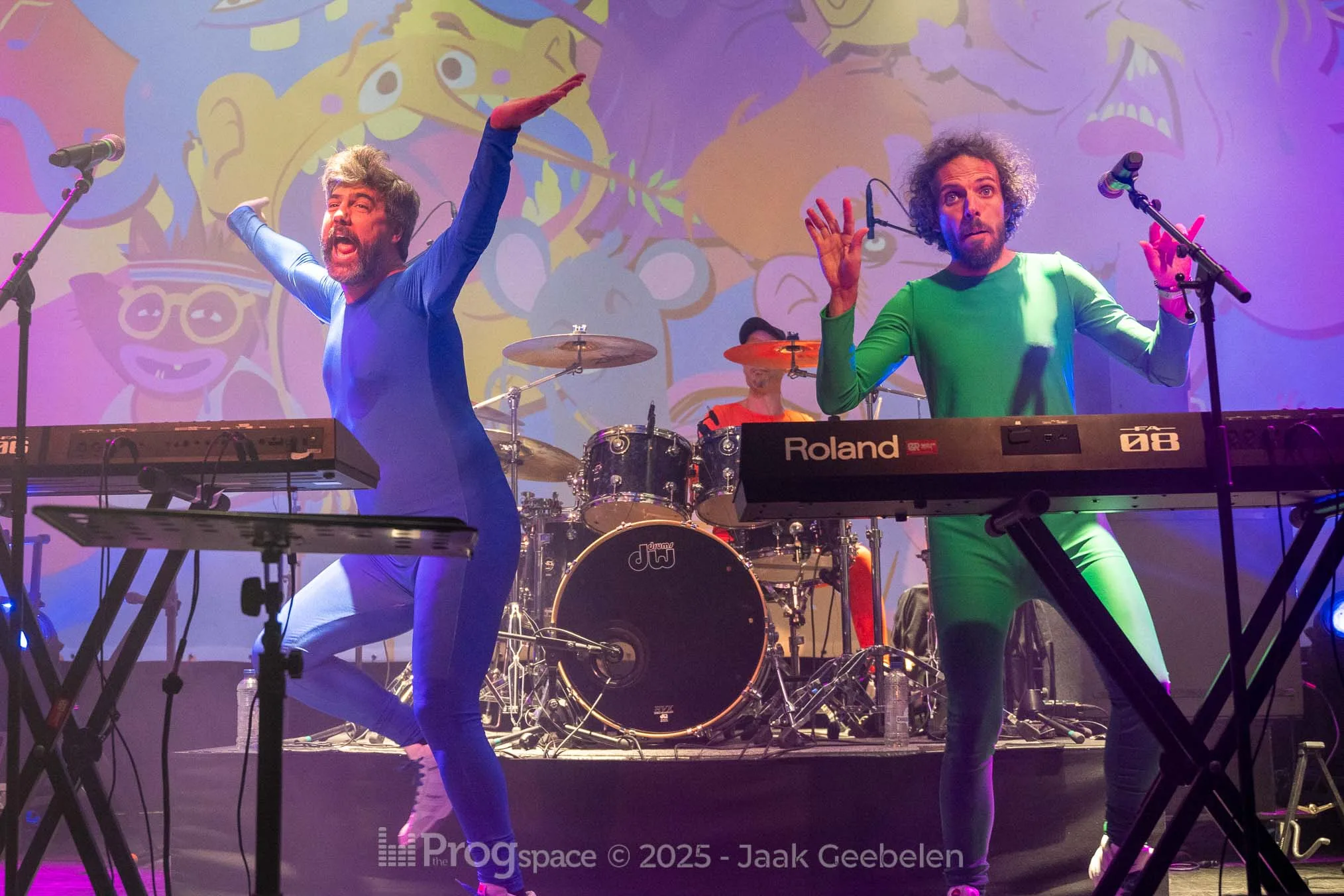
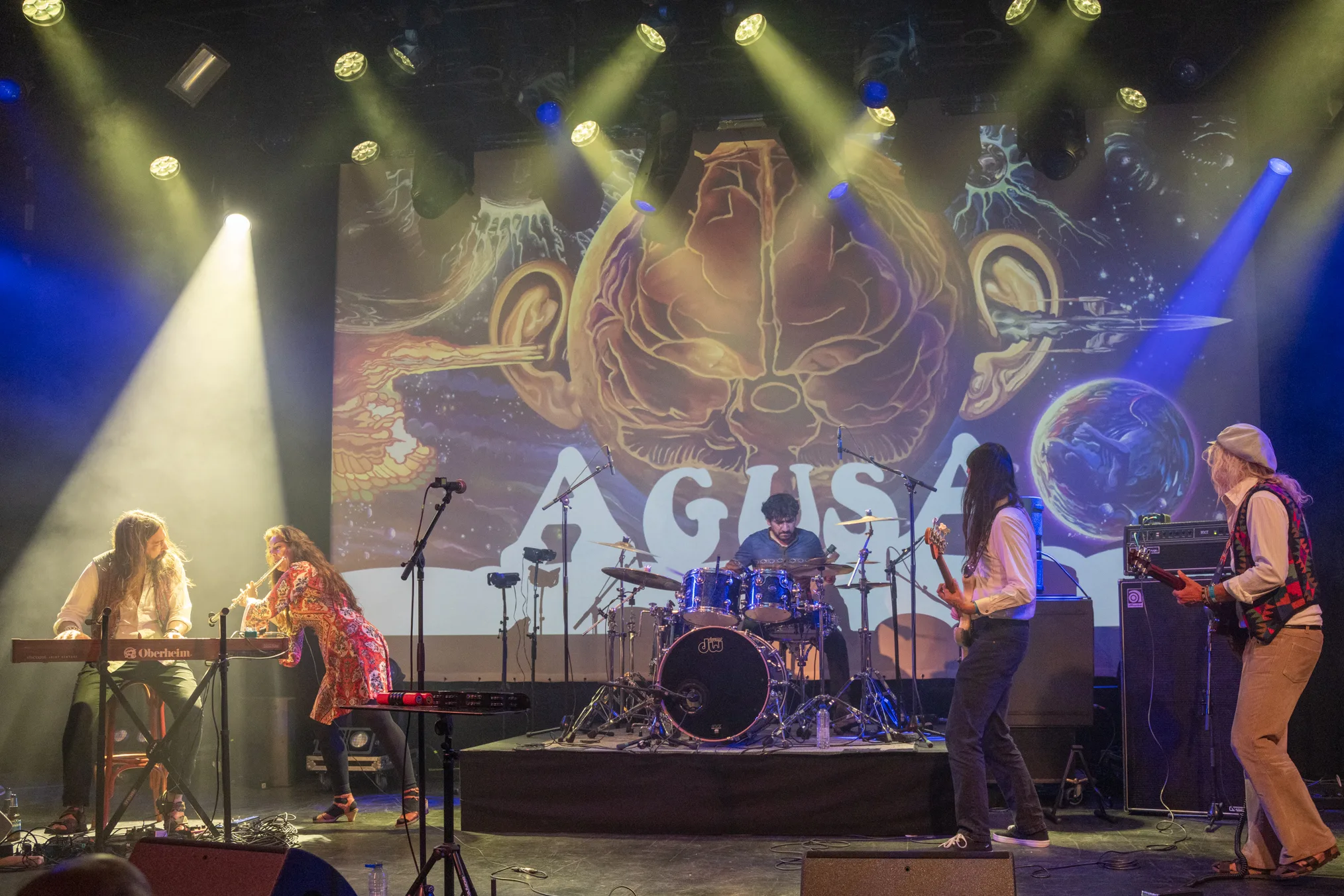
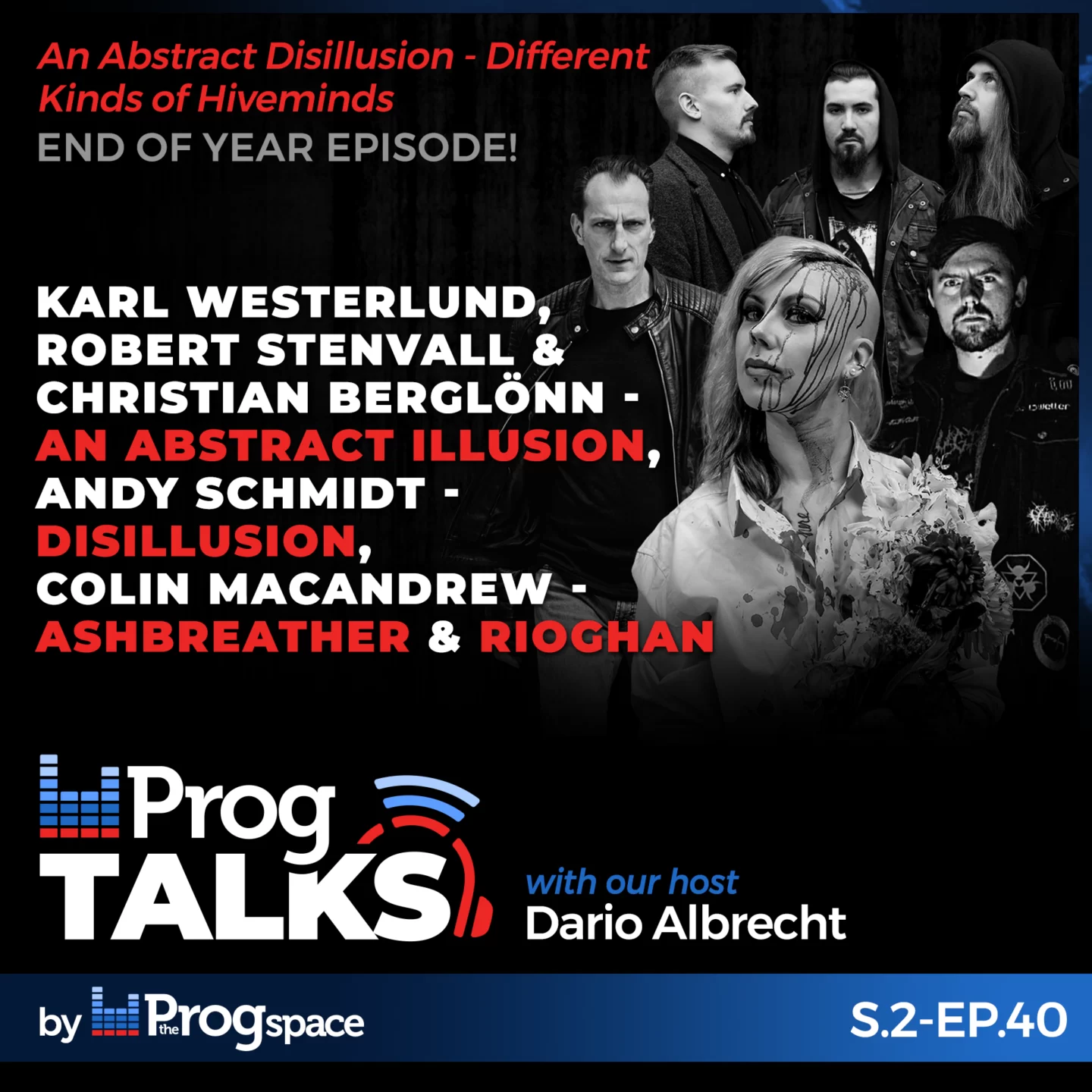
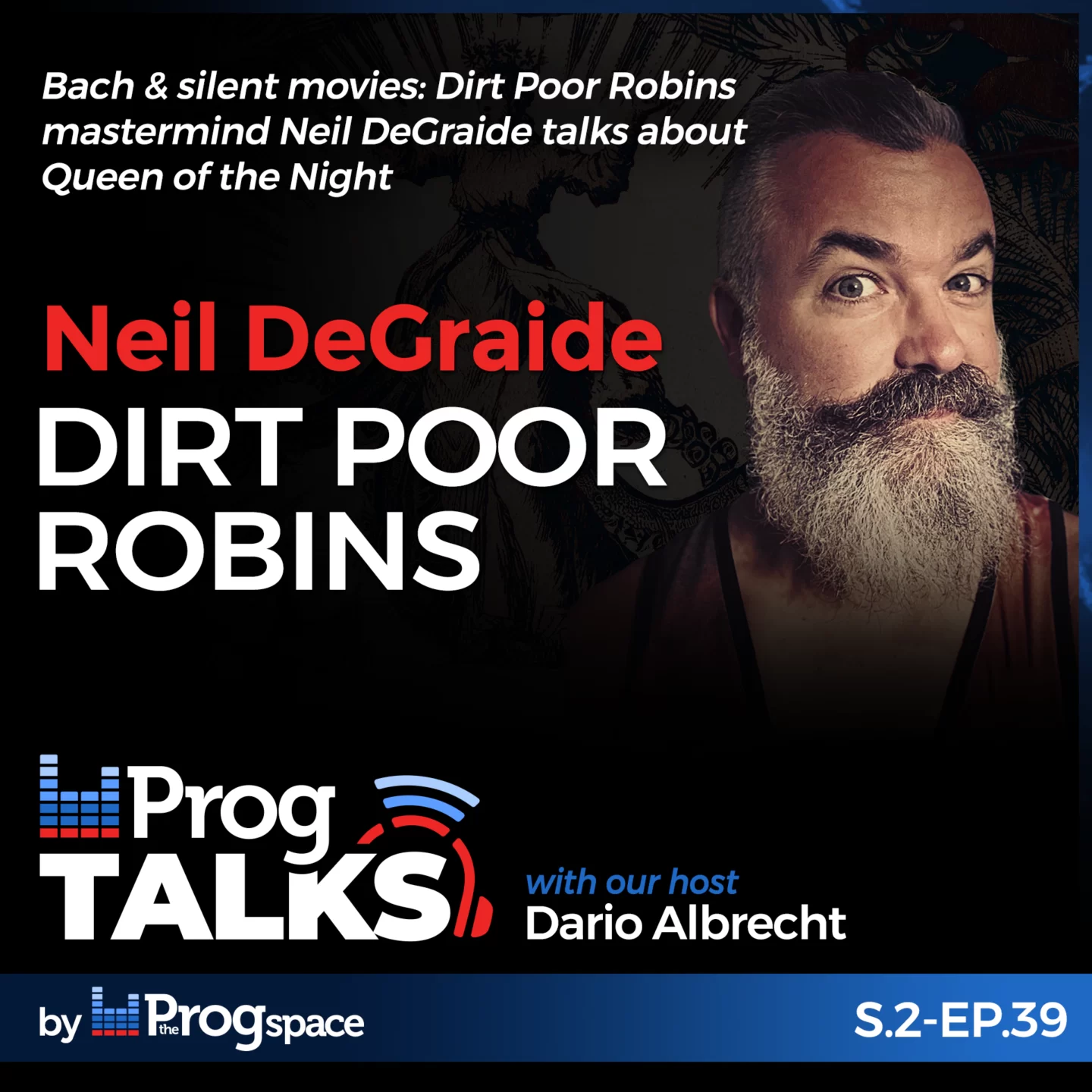
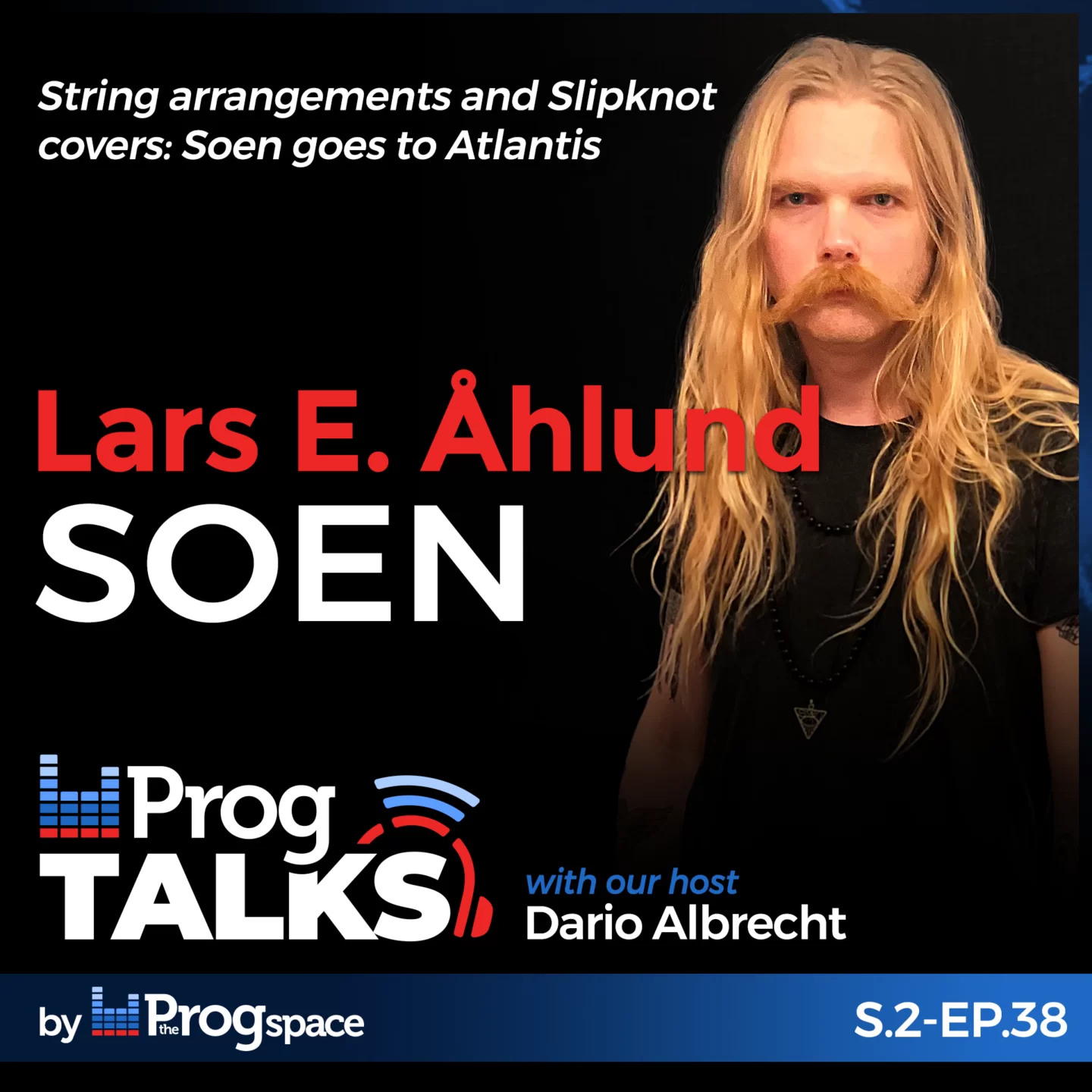
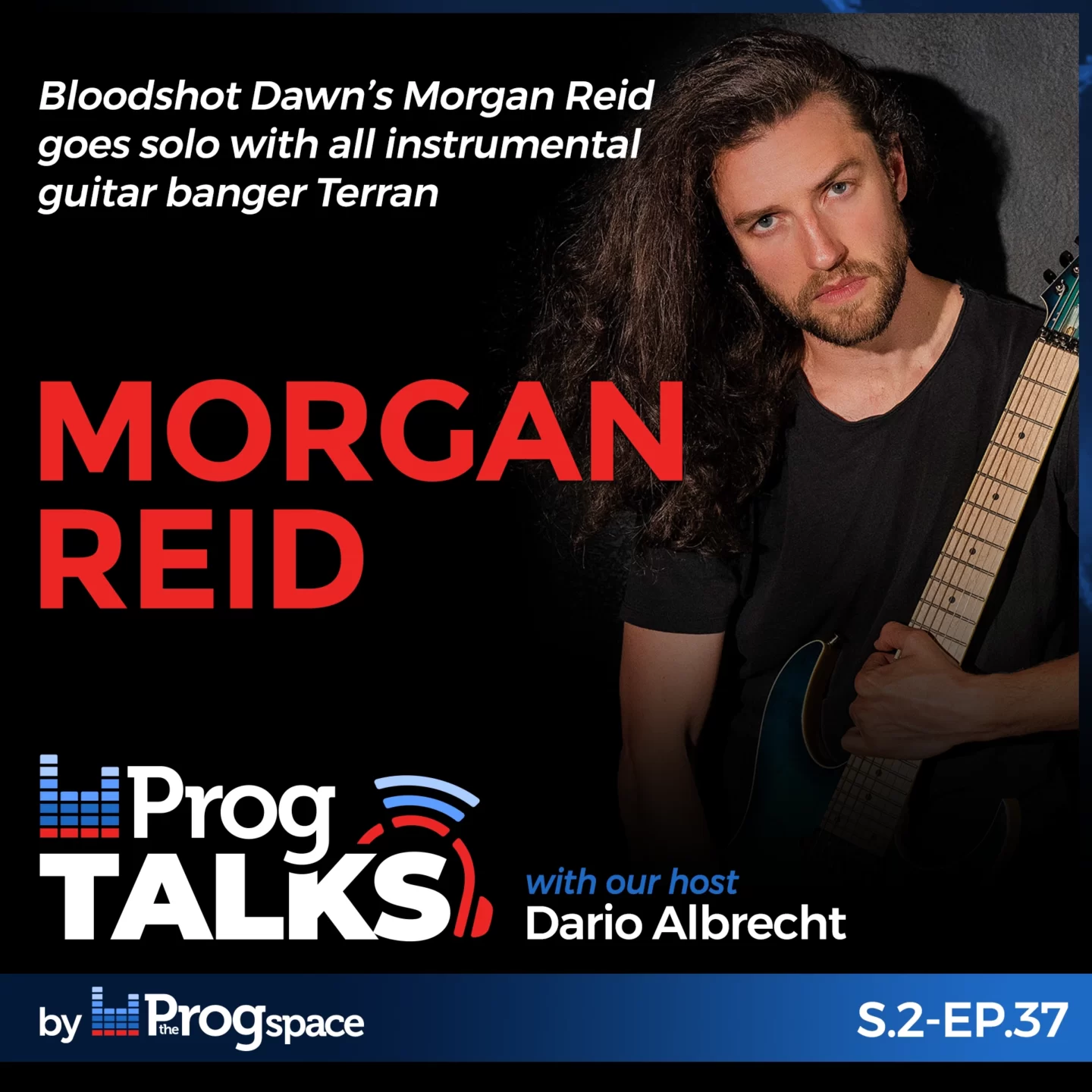
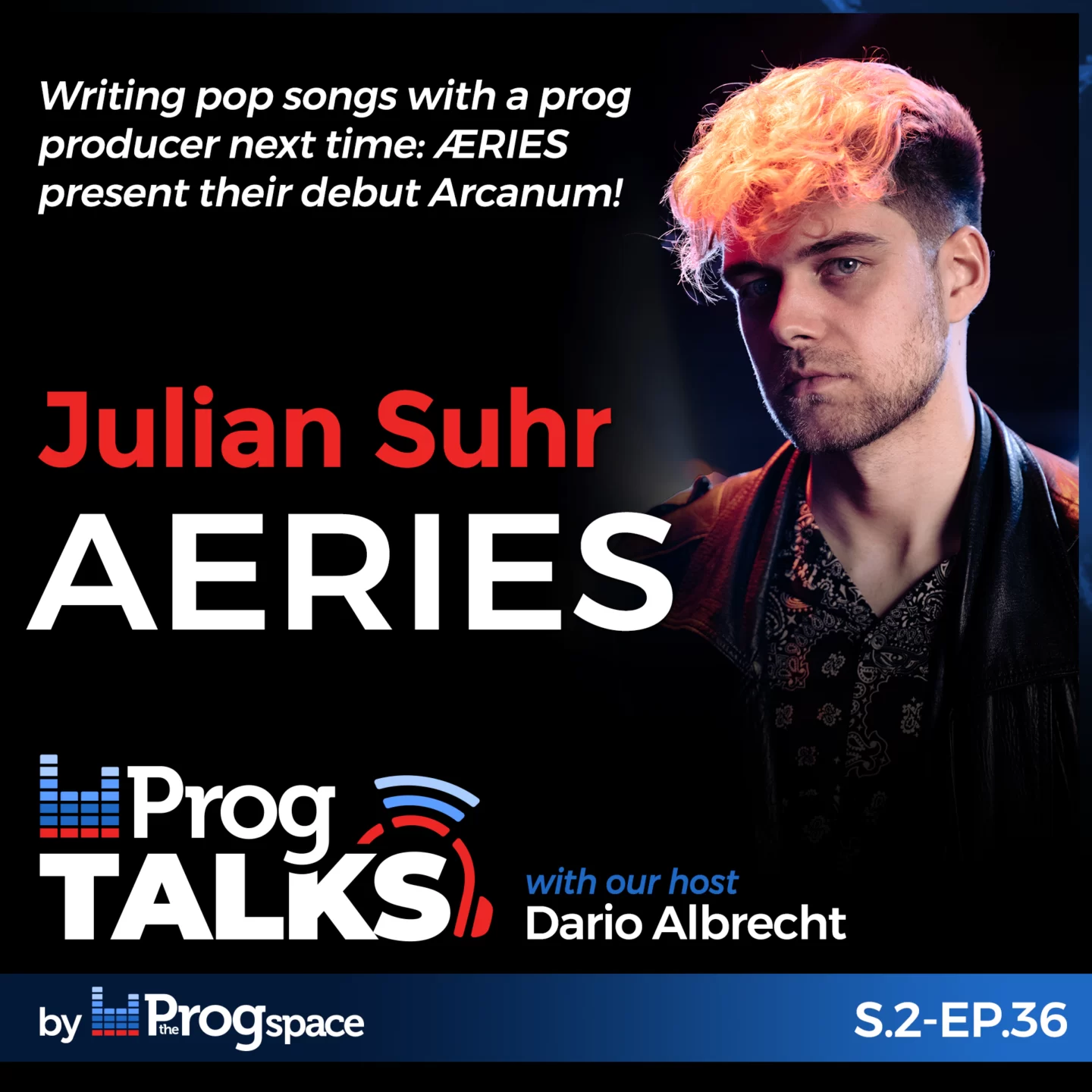
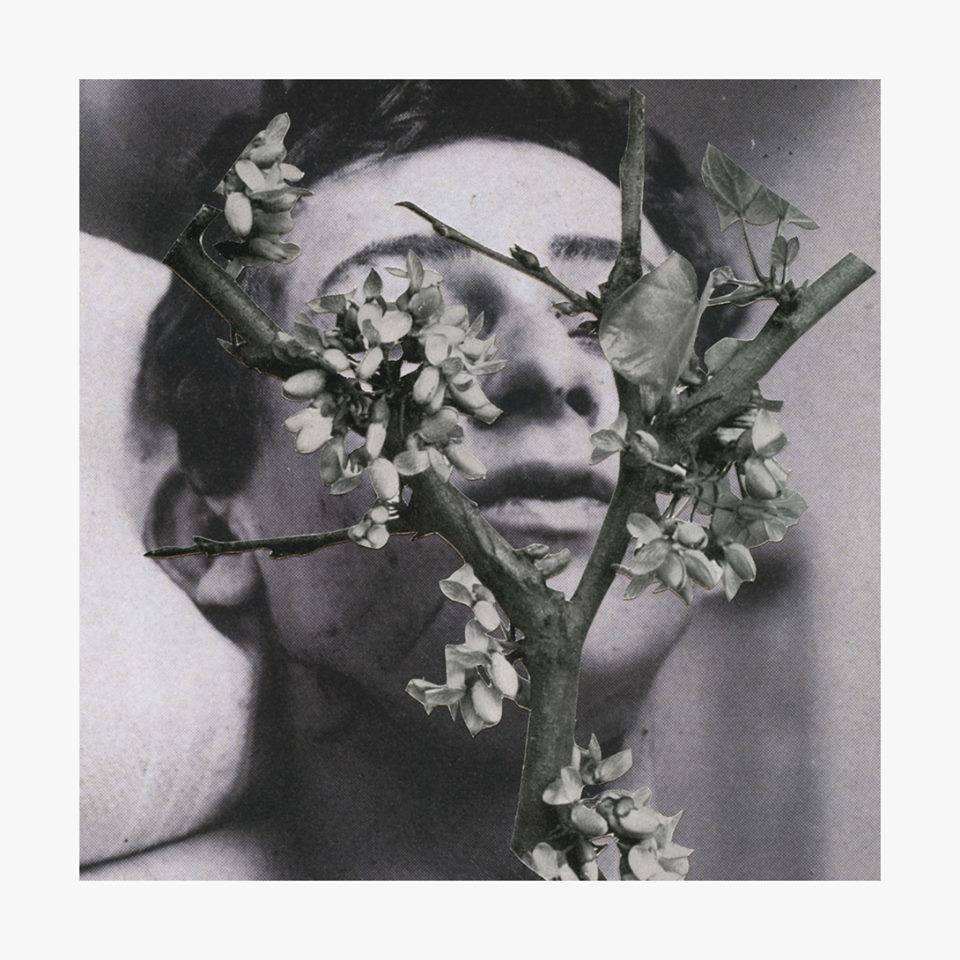
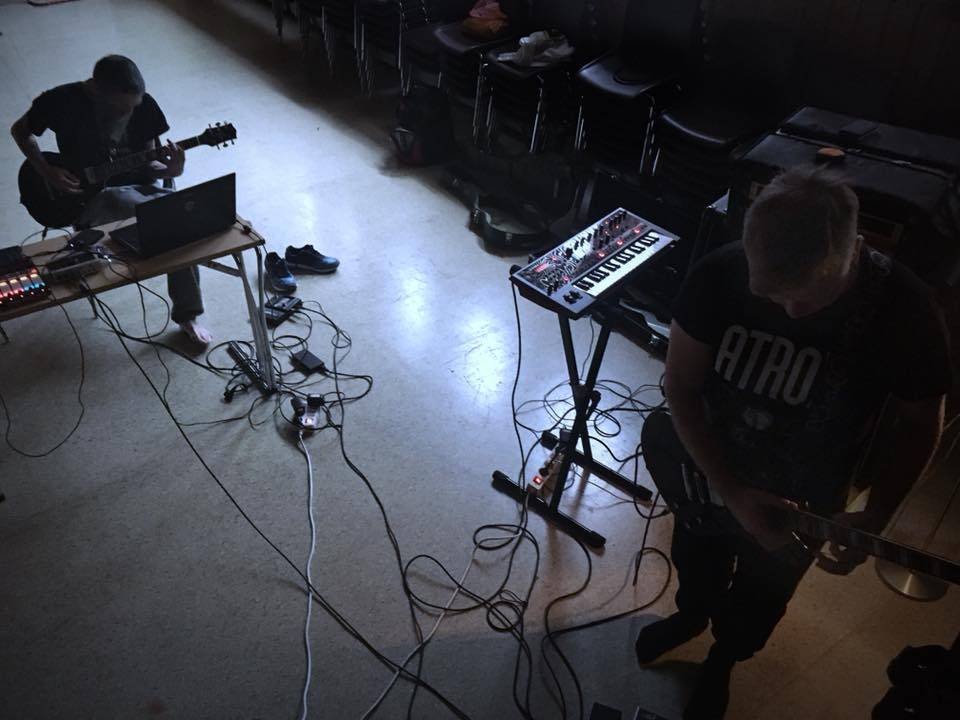
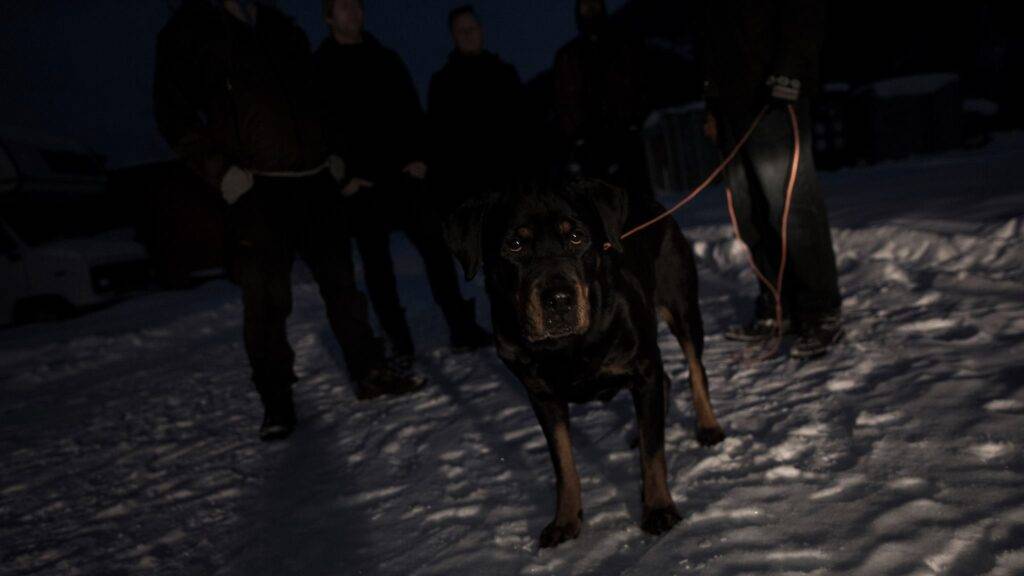
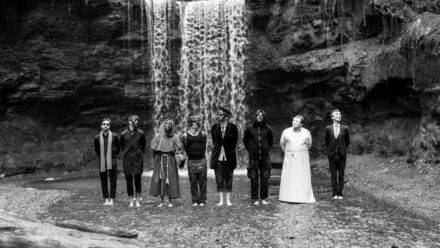
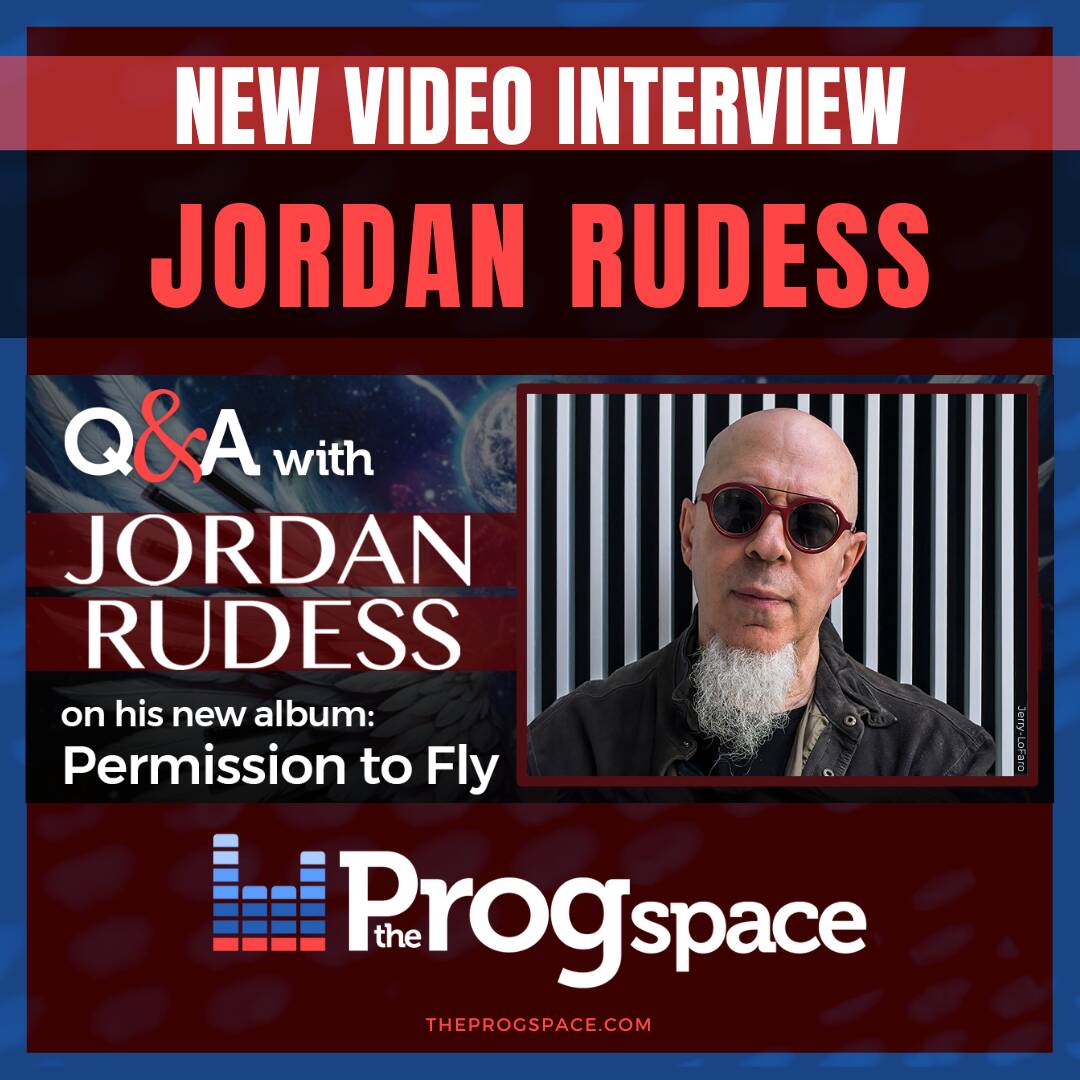
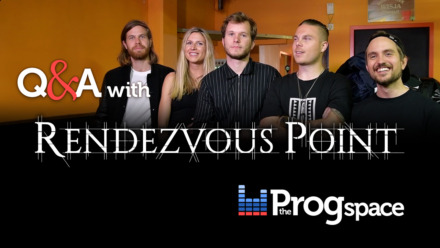
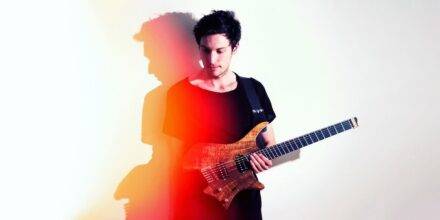


 We’re a group of Prog-lovers who started a journey to share with you our thoughts about albums, concerts, tours and festivals, the photo galleries of the Prog concerts we visit, as well interviews with upcoming or established musicians or prog-related people. Follow our Facebook page for frequent updates and news around the Progniverse.
We’re a group of Prog-lovers who started a journey to share with you our thoughts about albums, concerts, tours and festivals, the photo galleries of the Prog concerts we visit, as well interviews with upcoming or established musicians or prog-related people. Follow our Facebook page for frequent updates and news around the Progniverse.